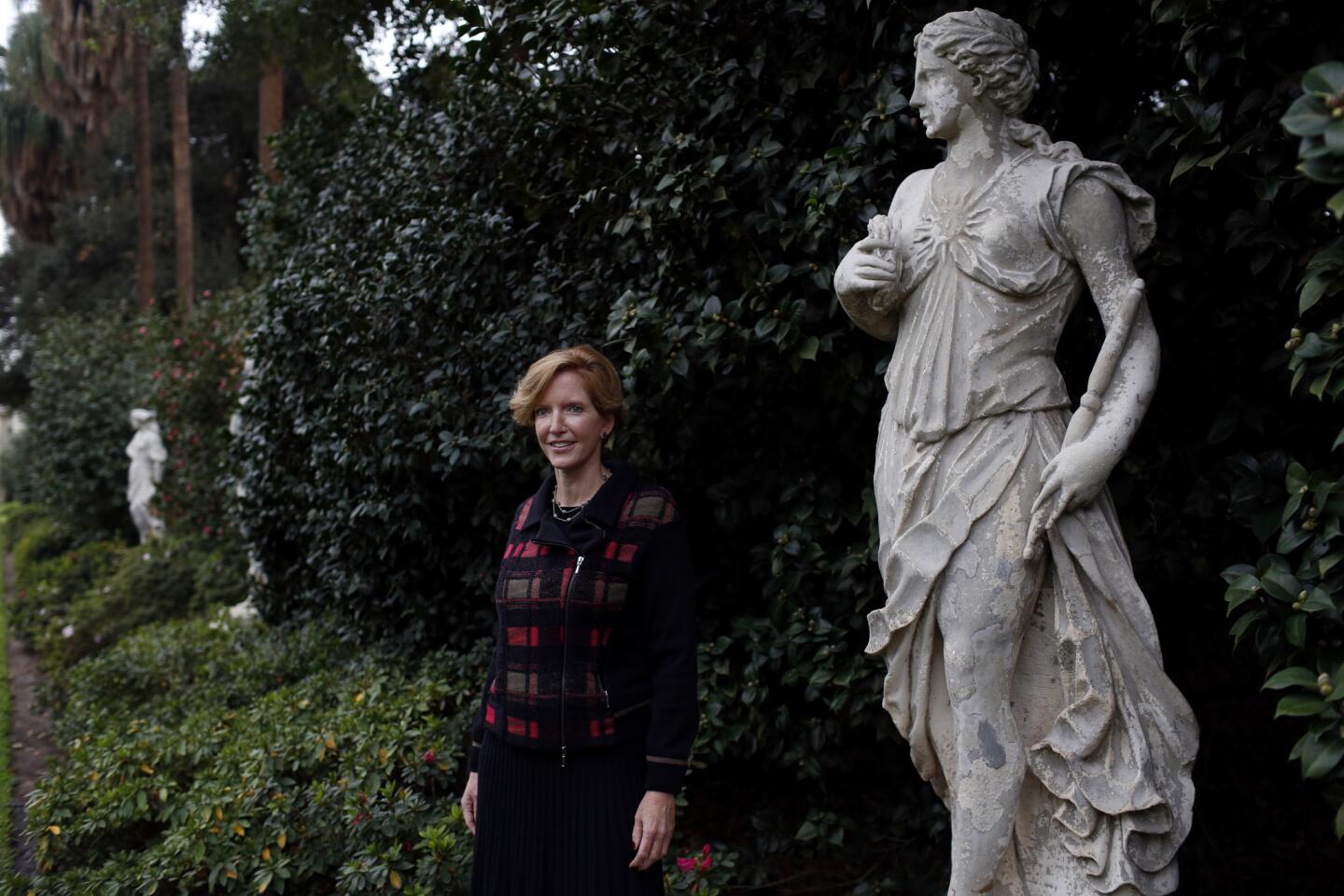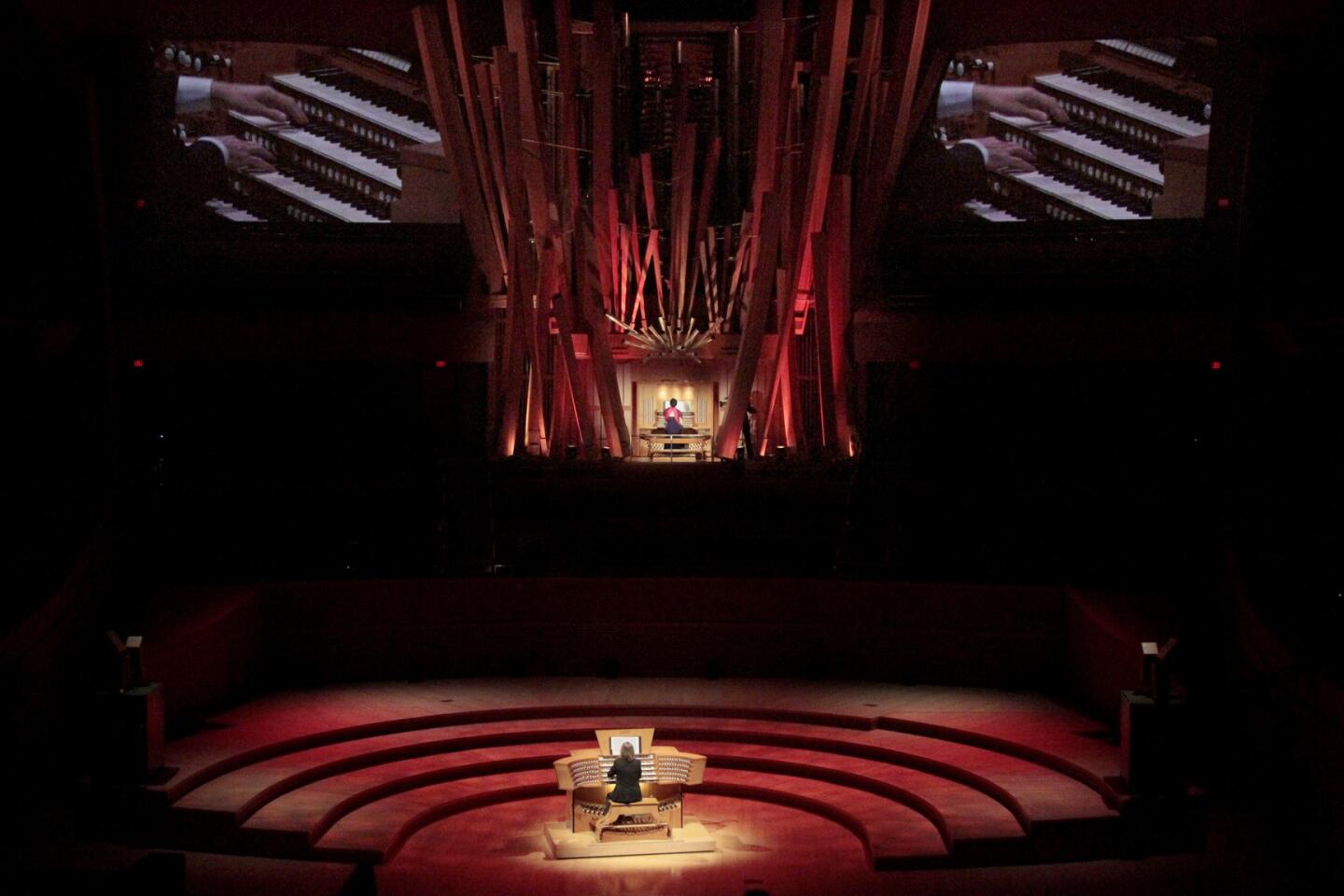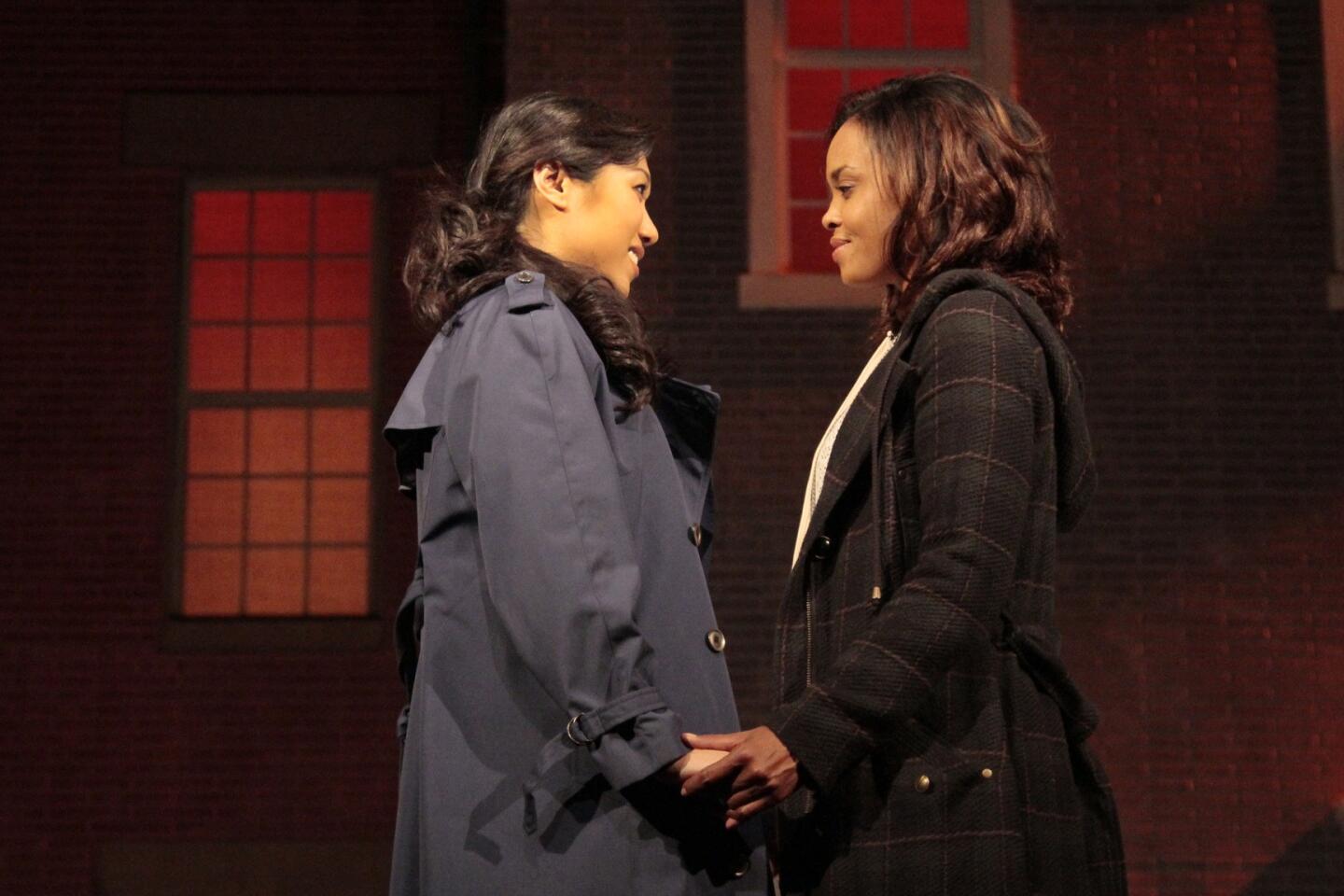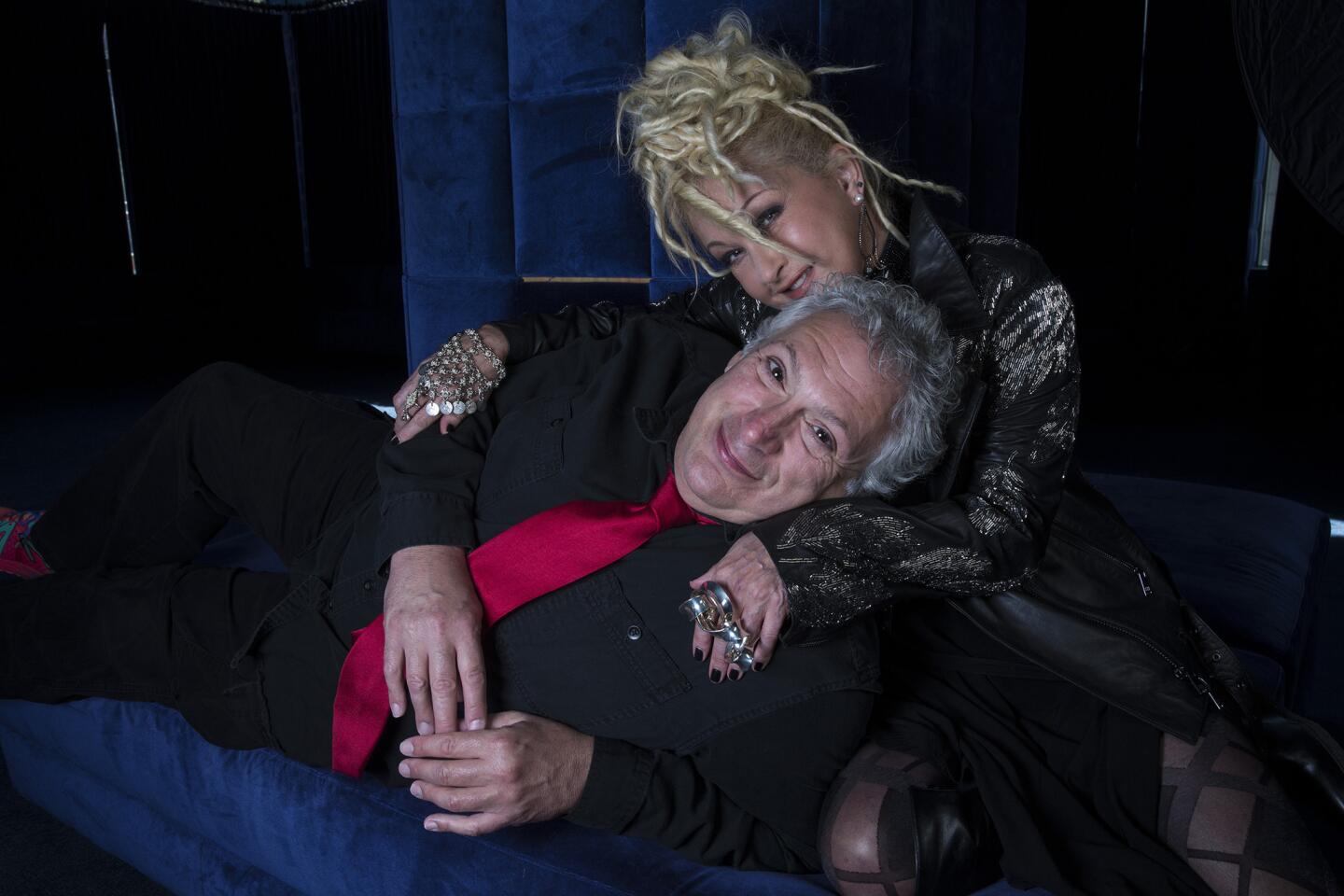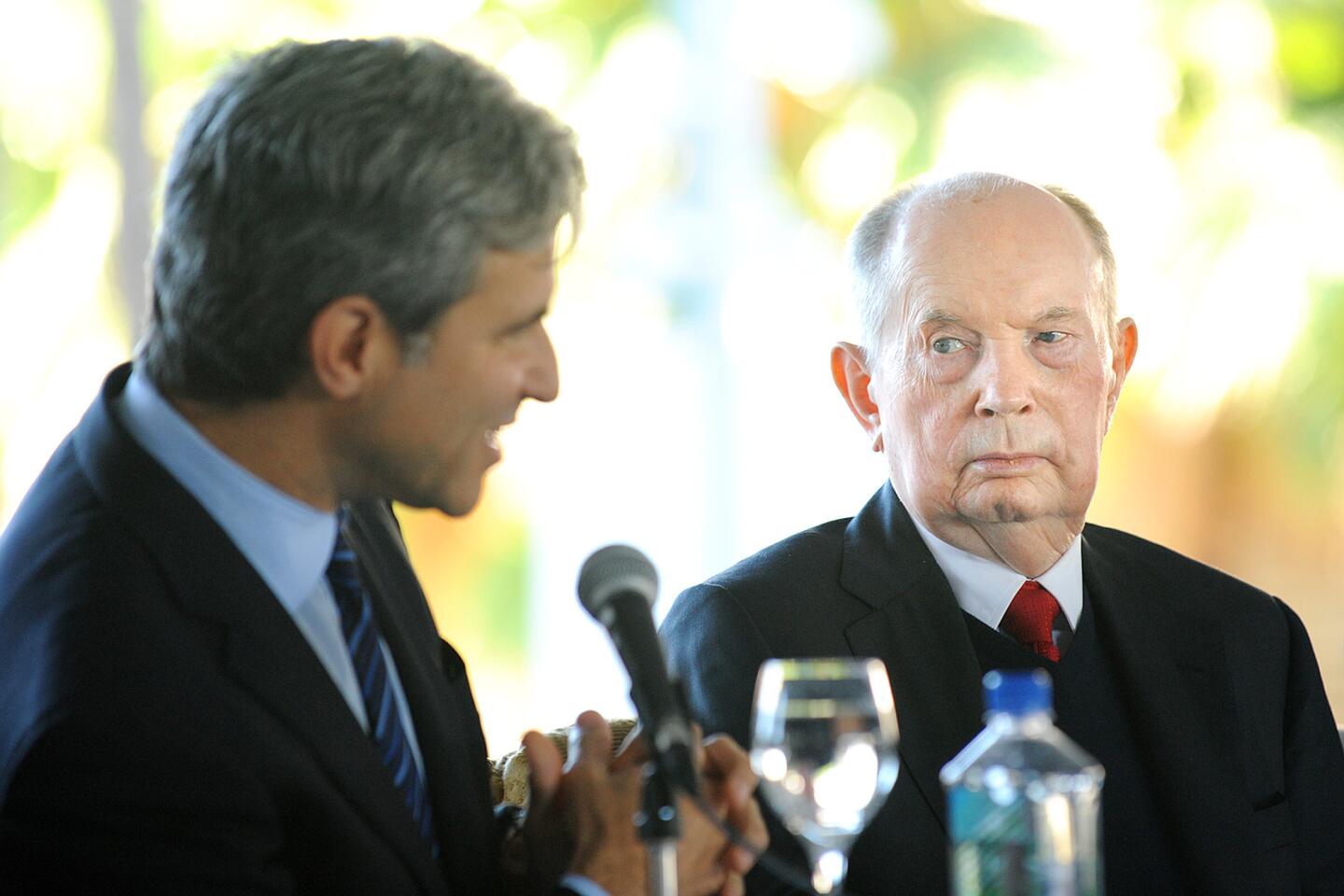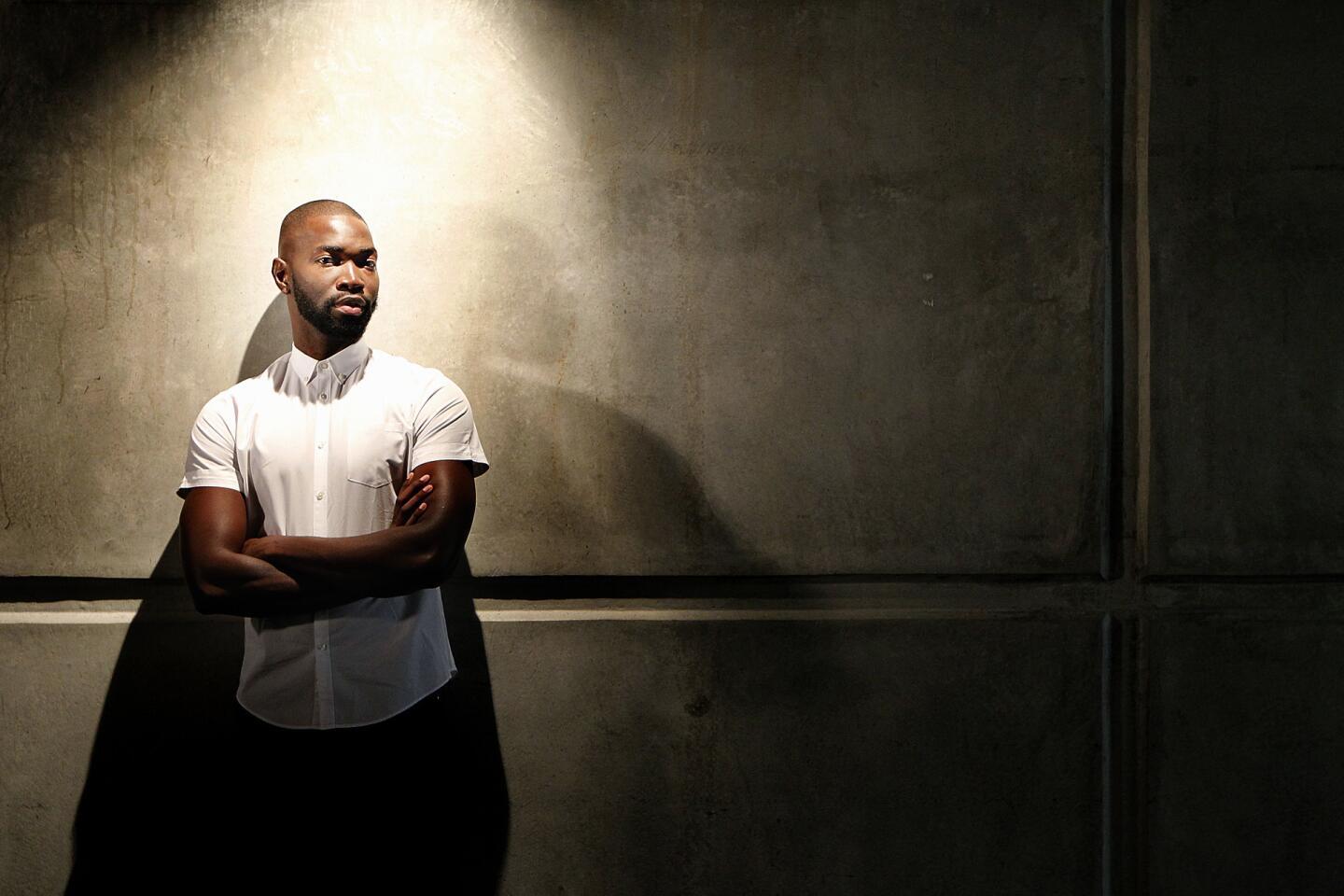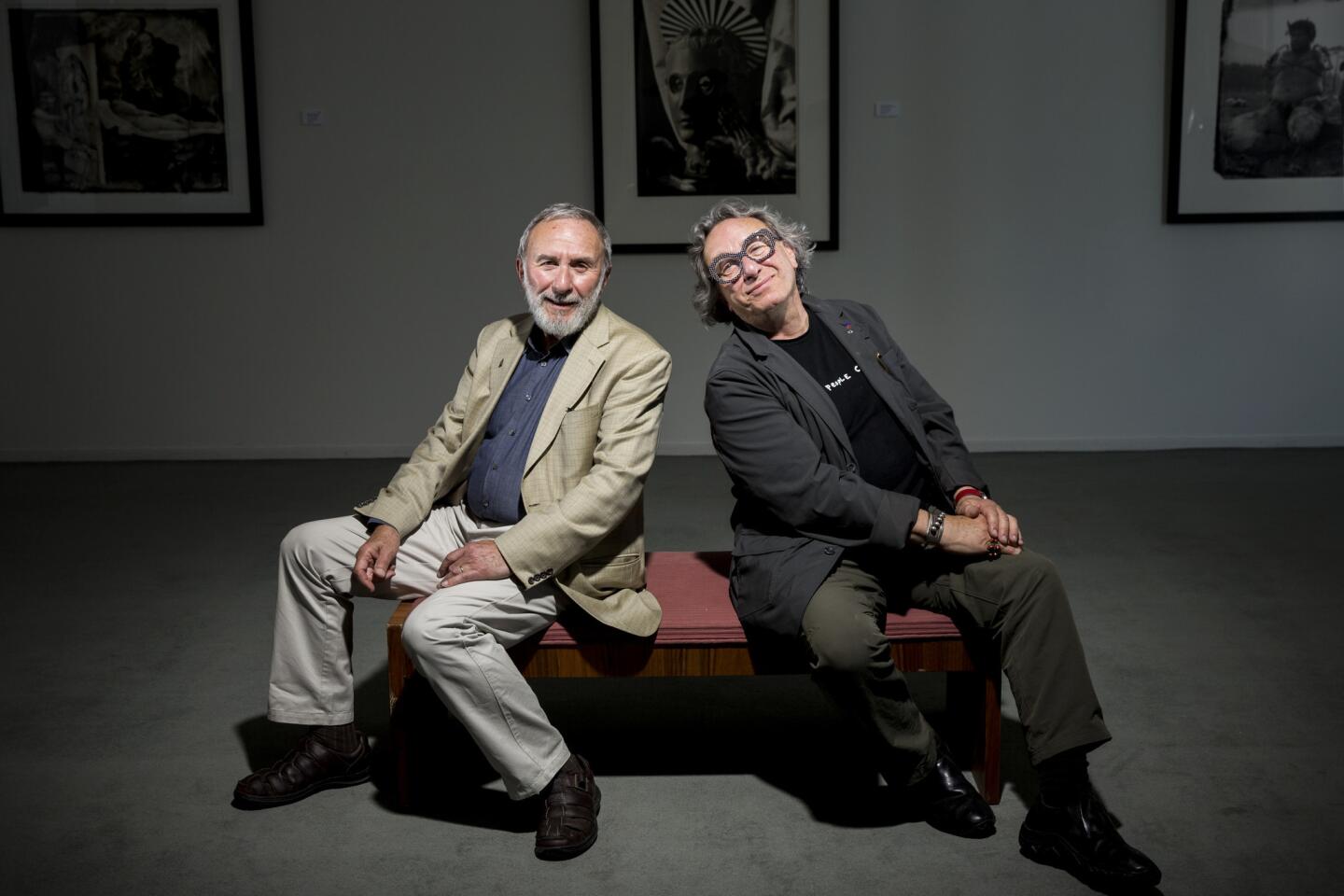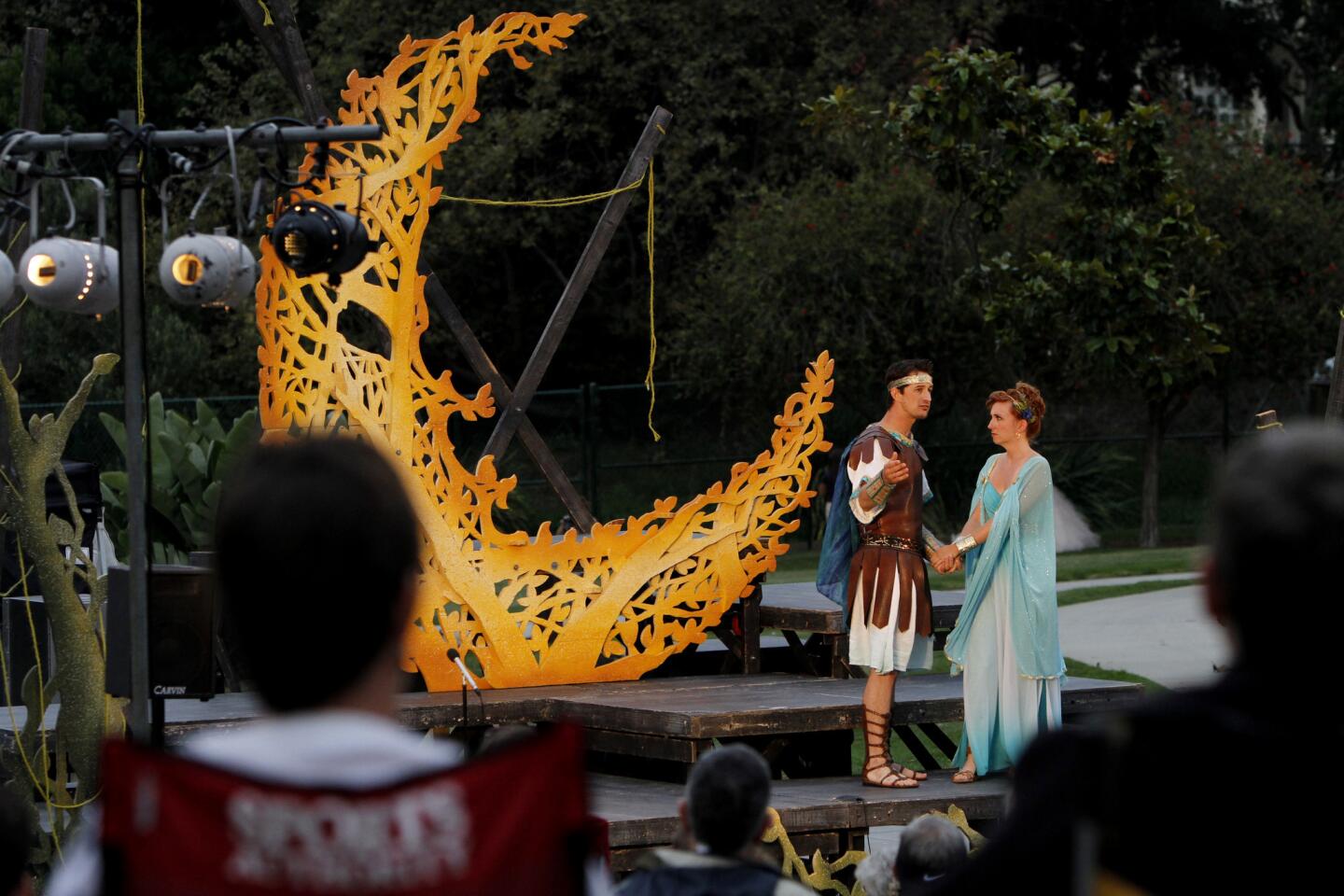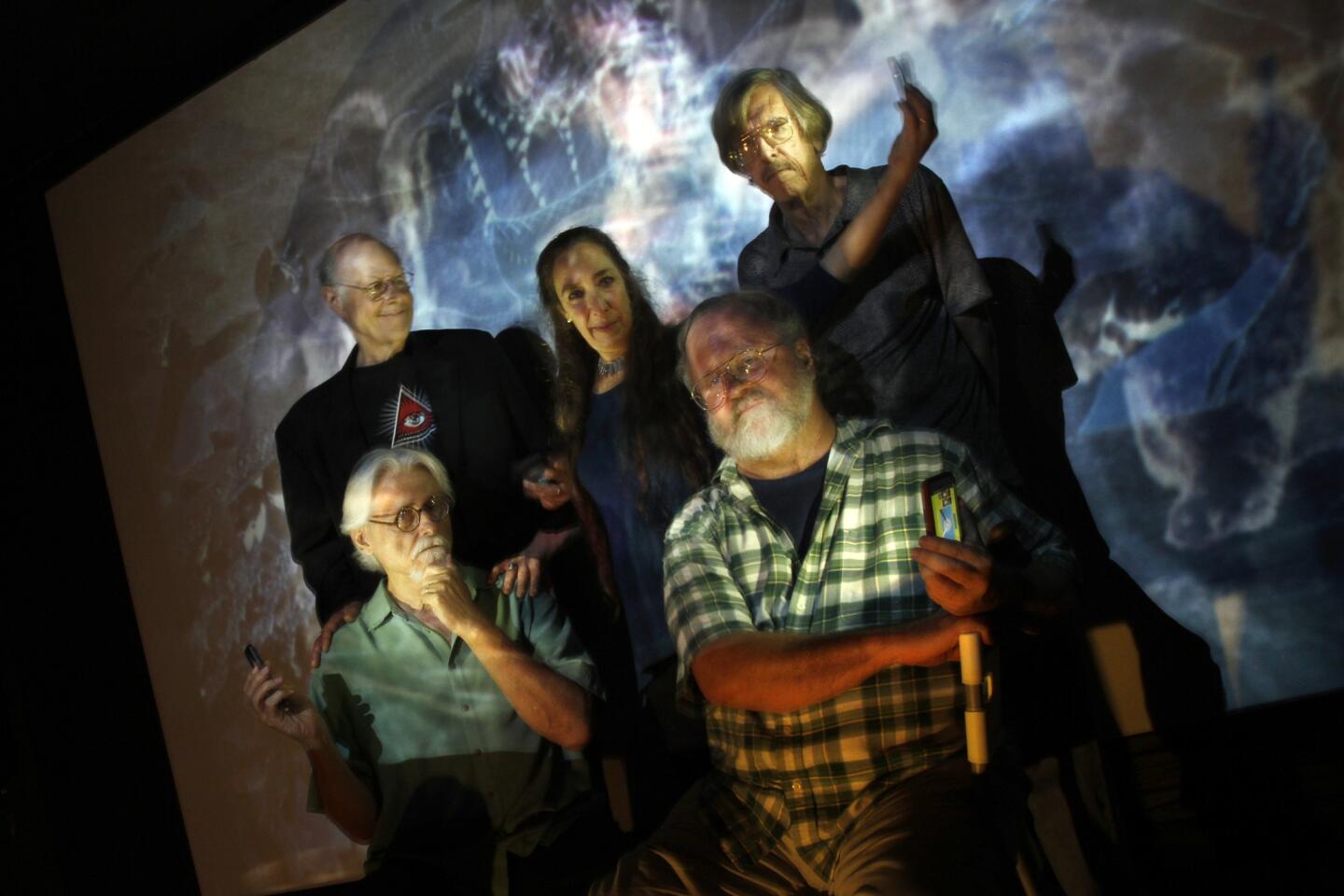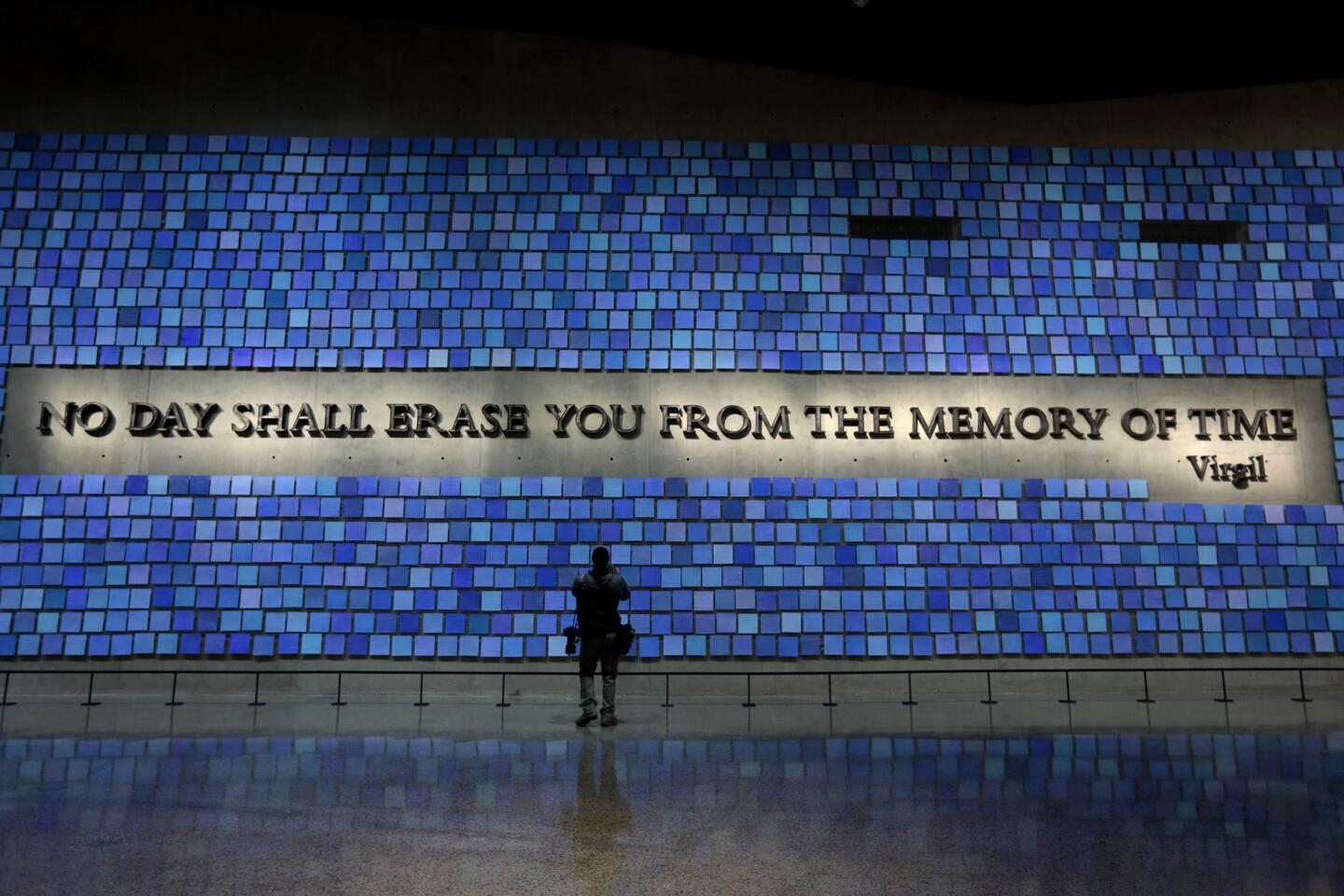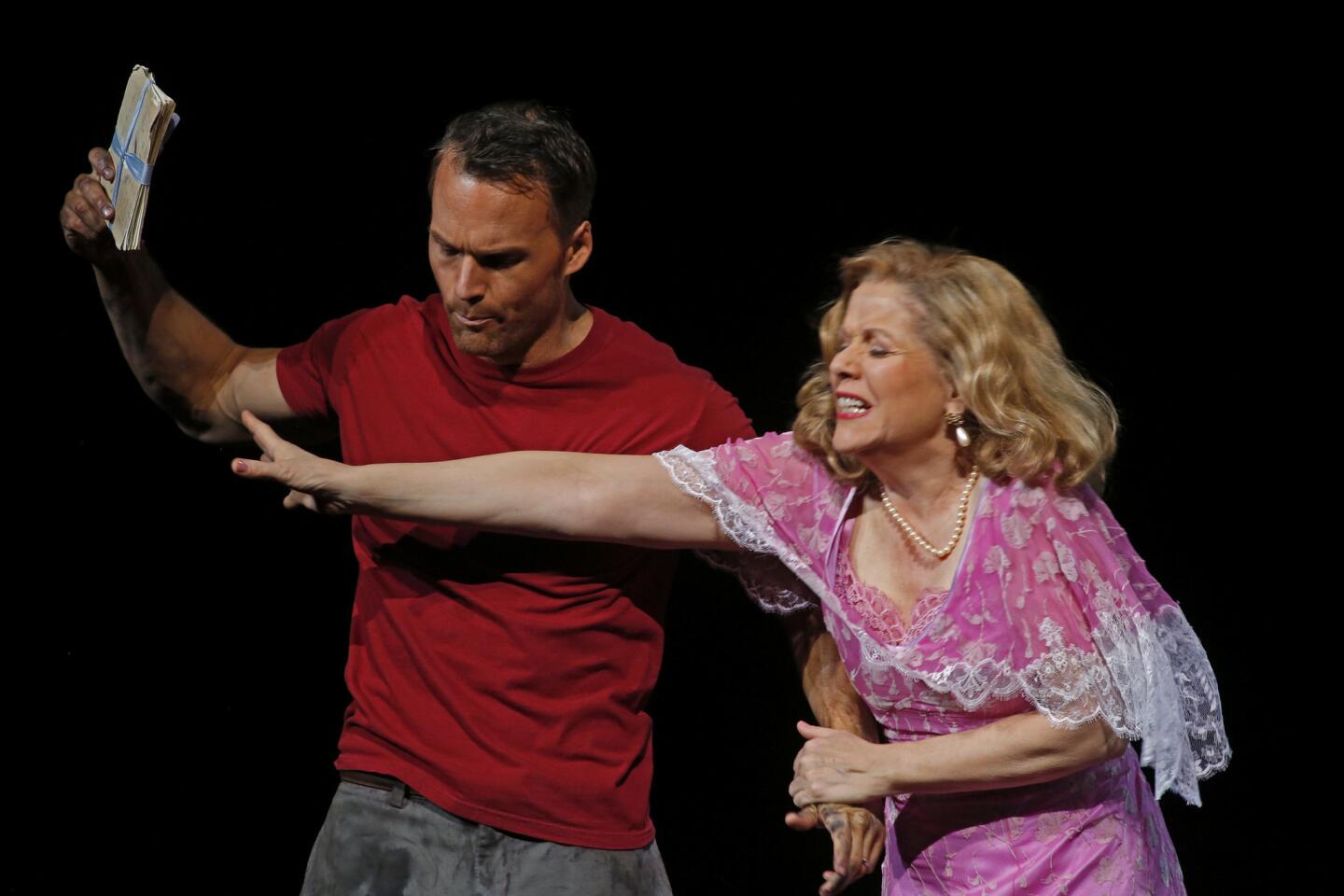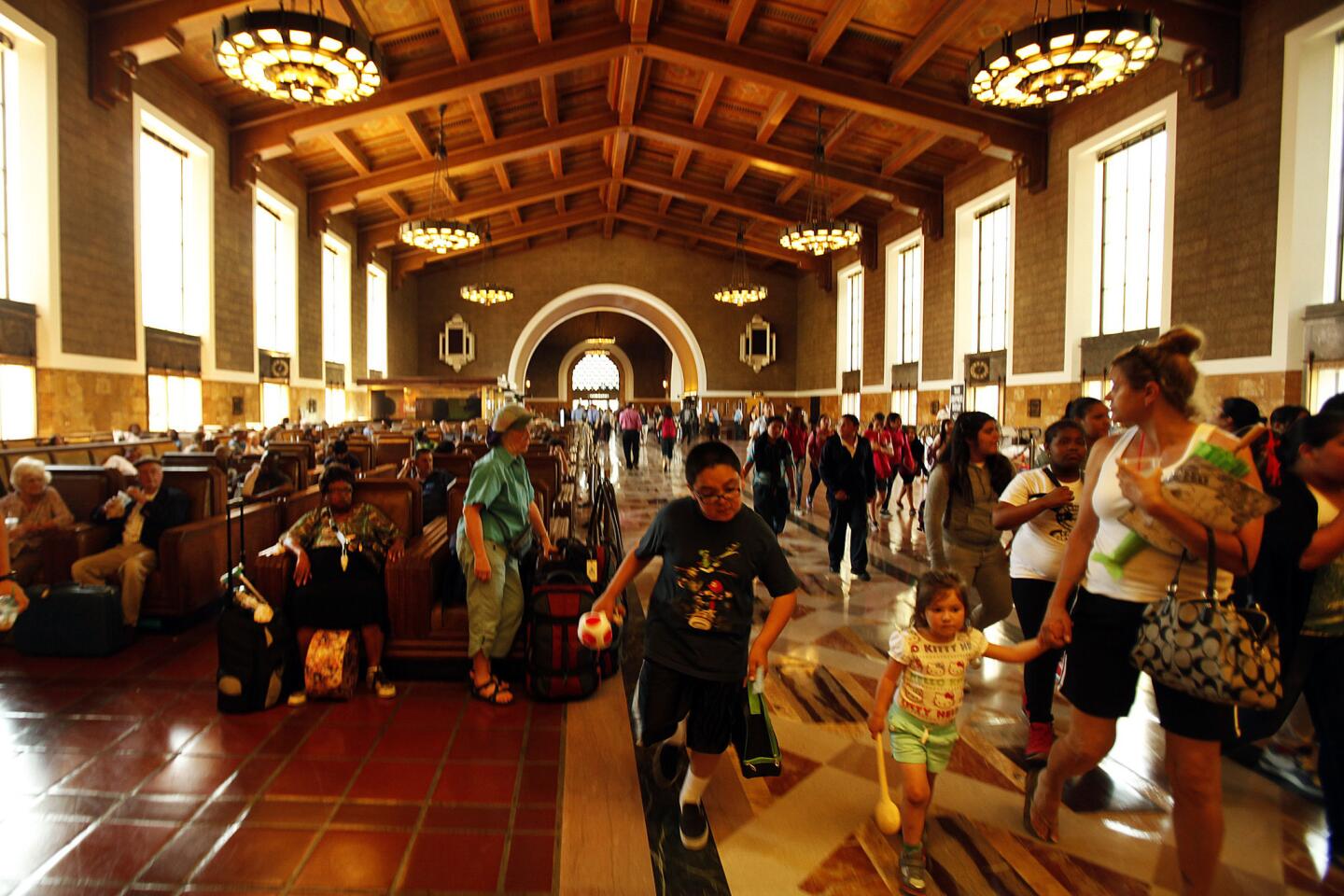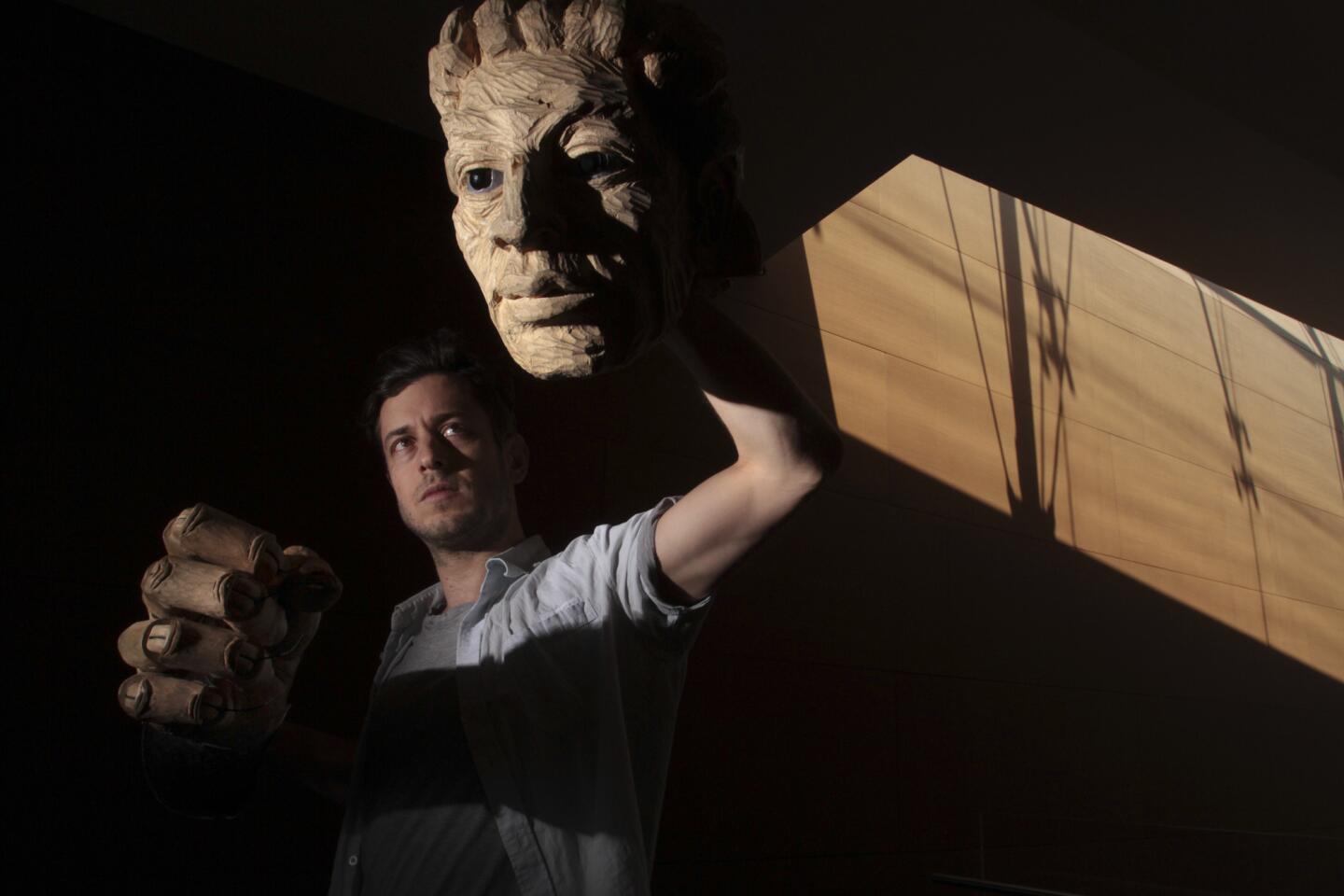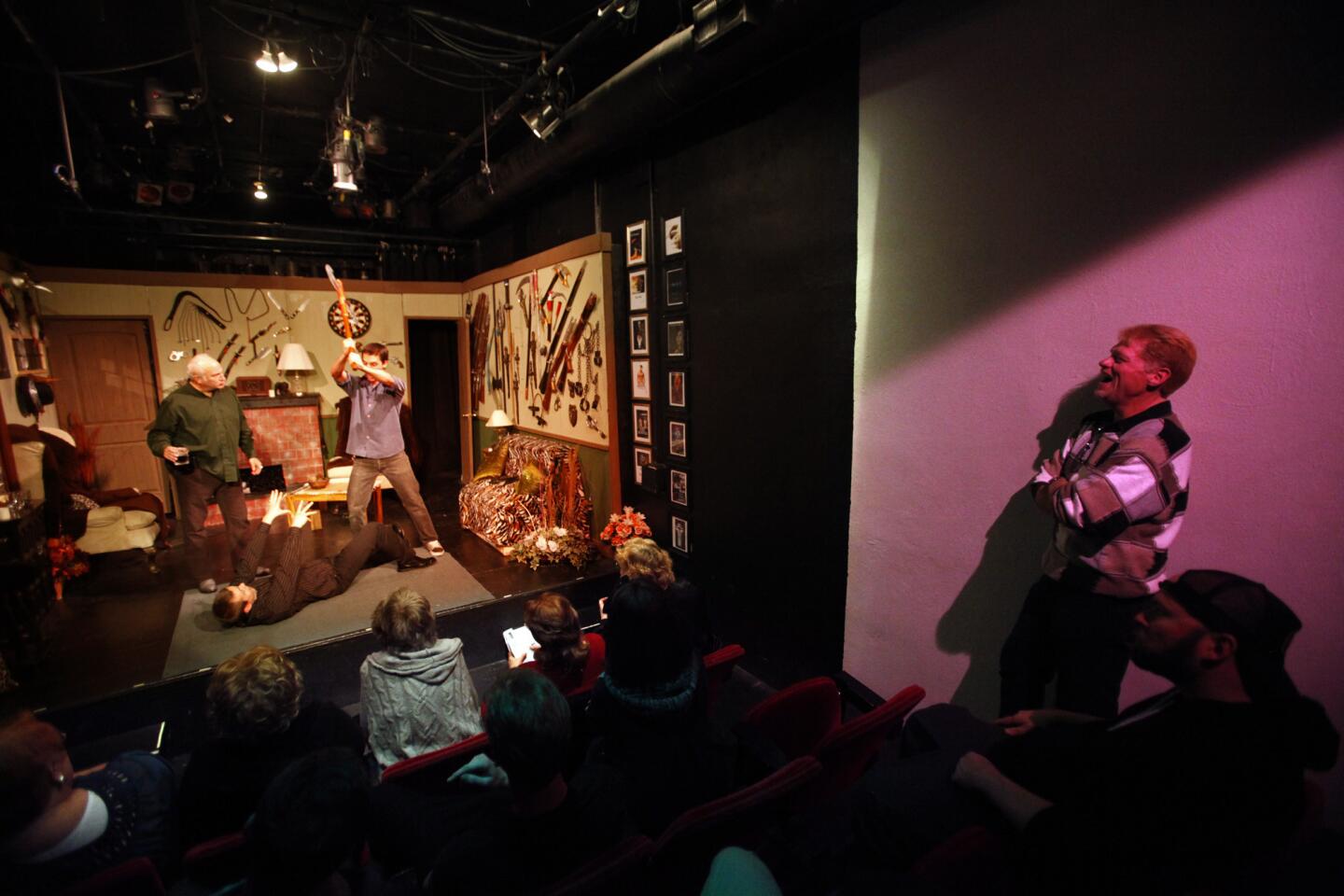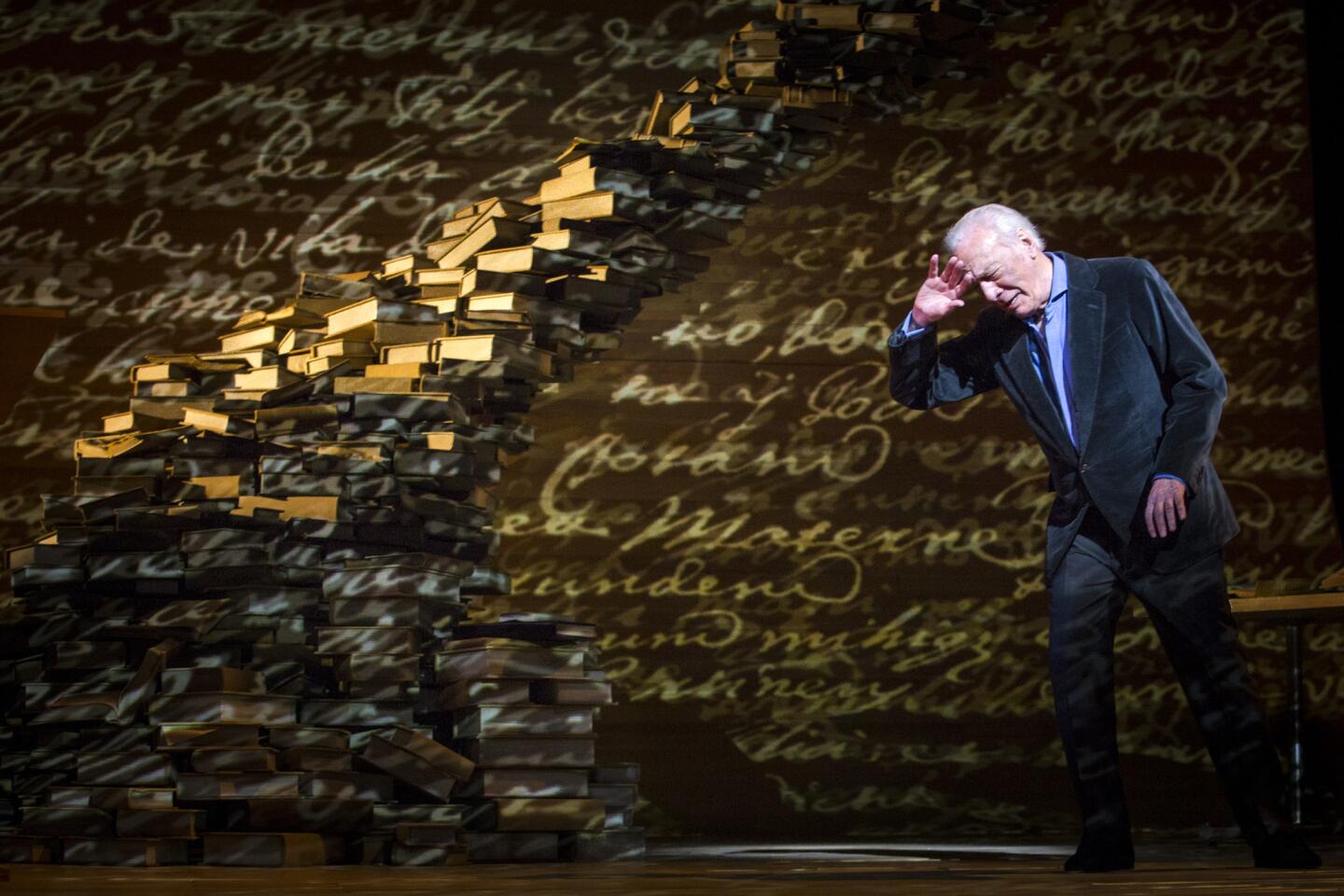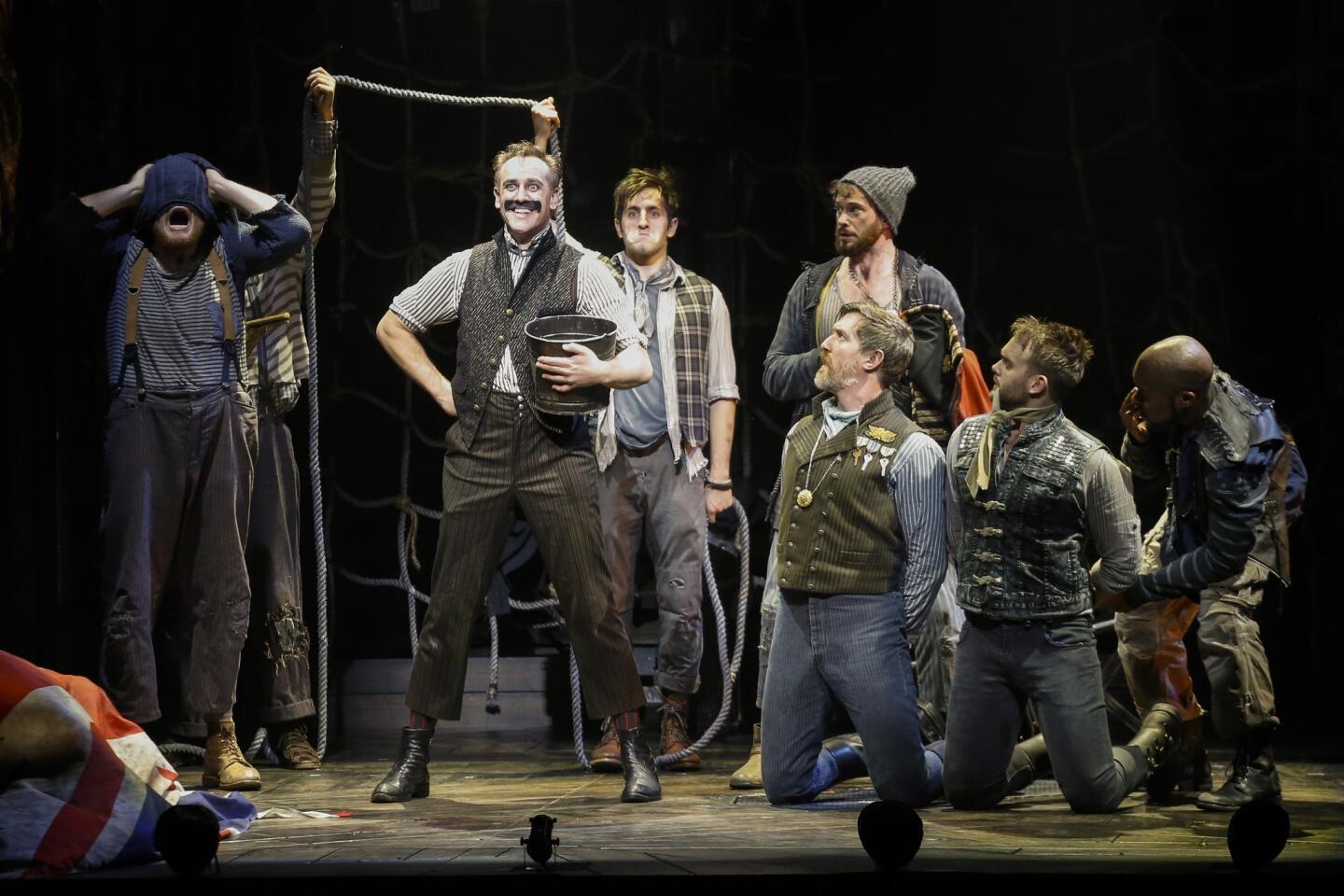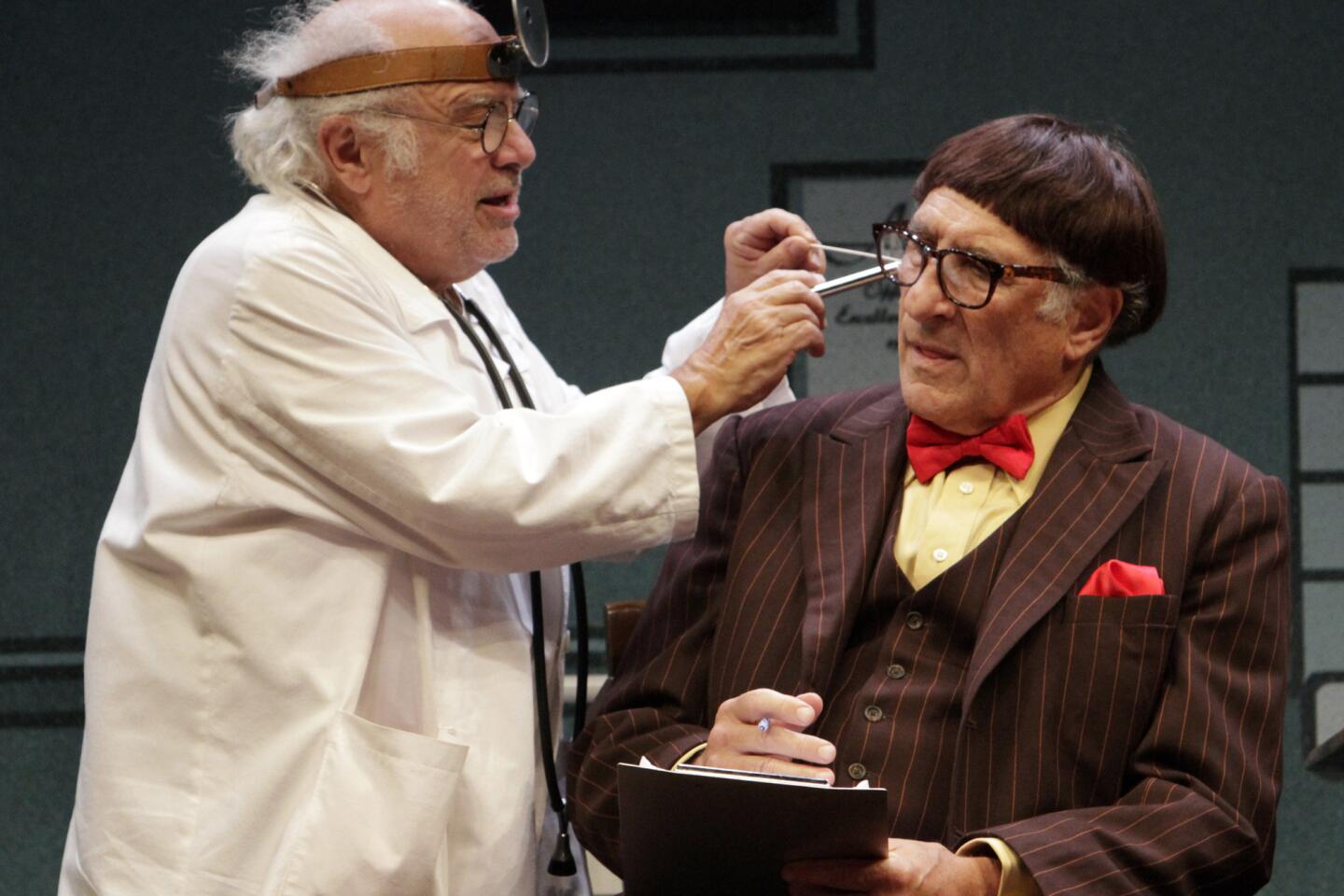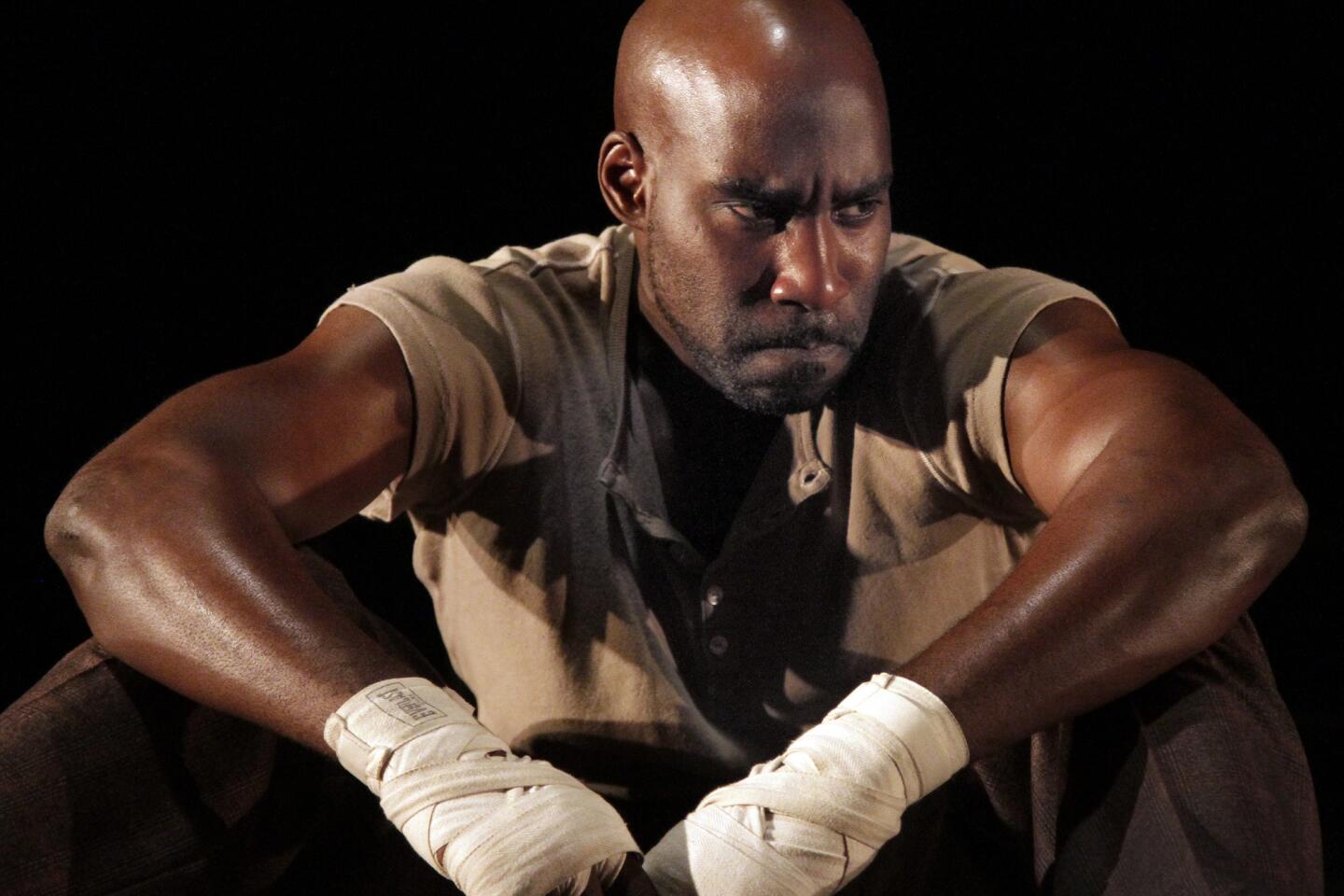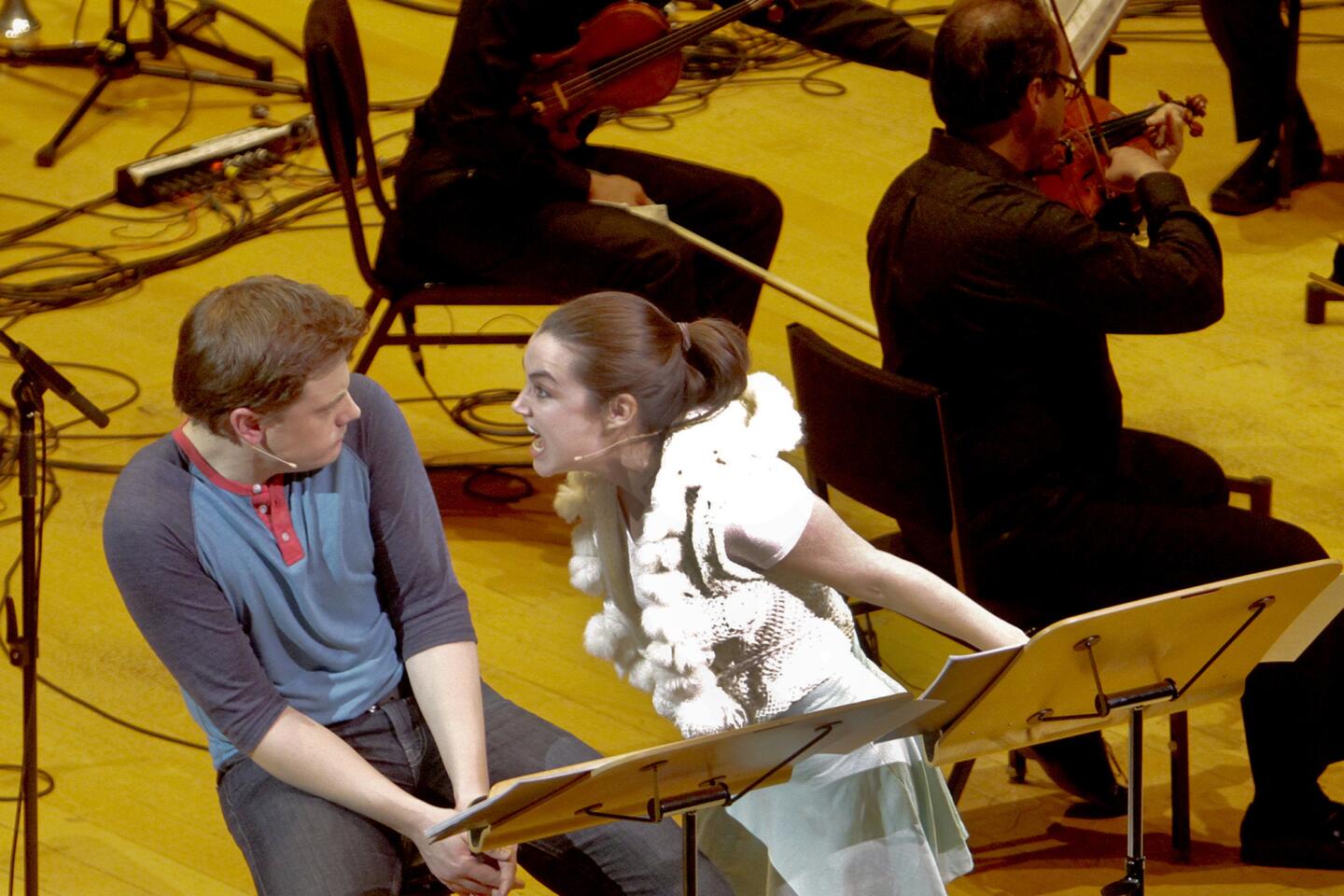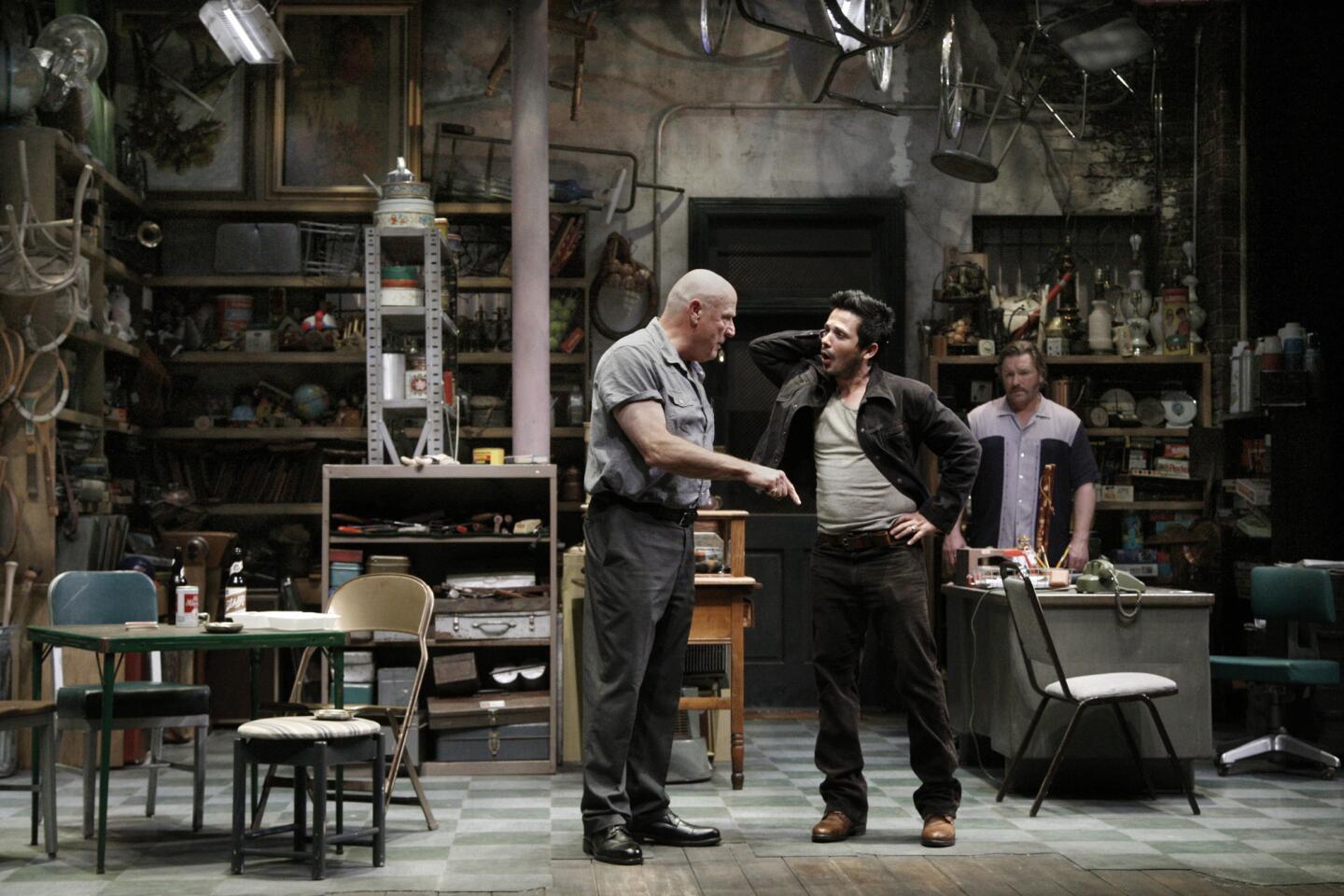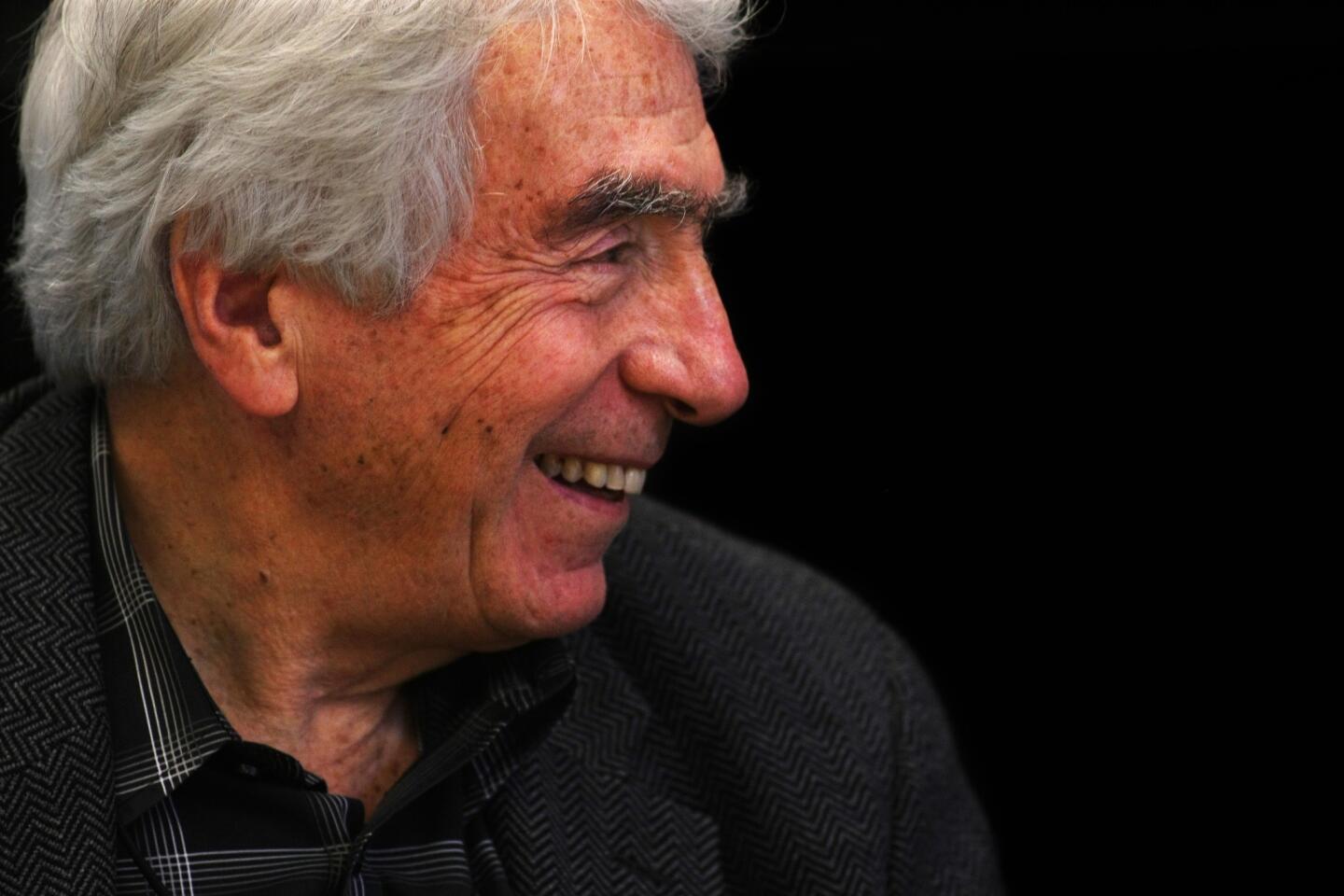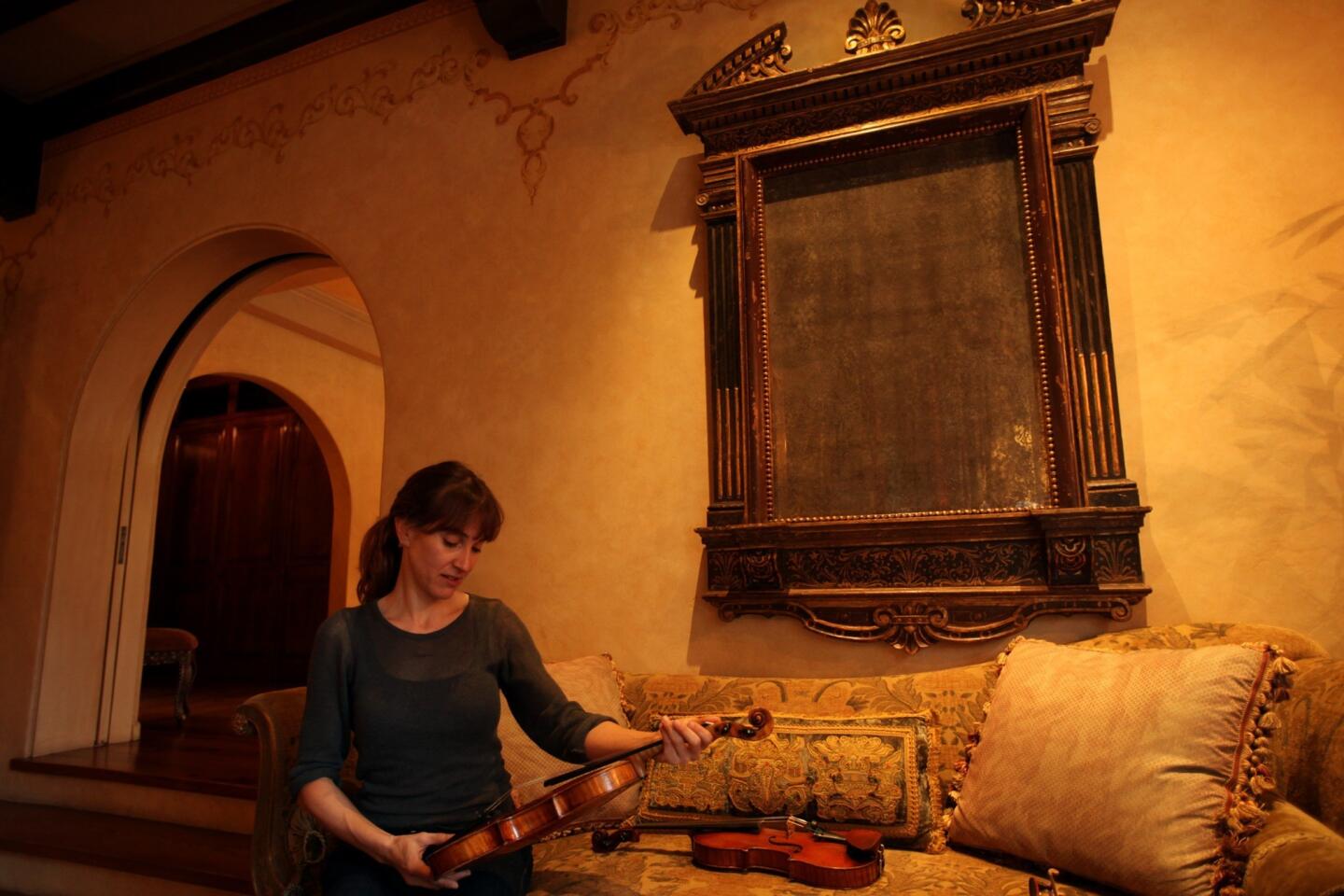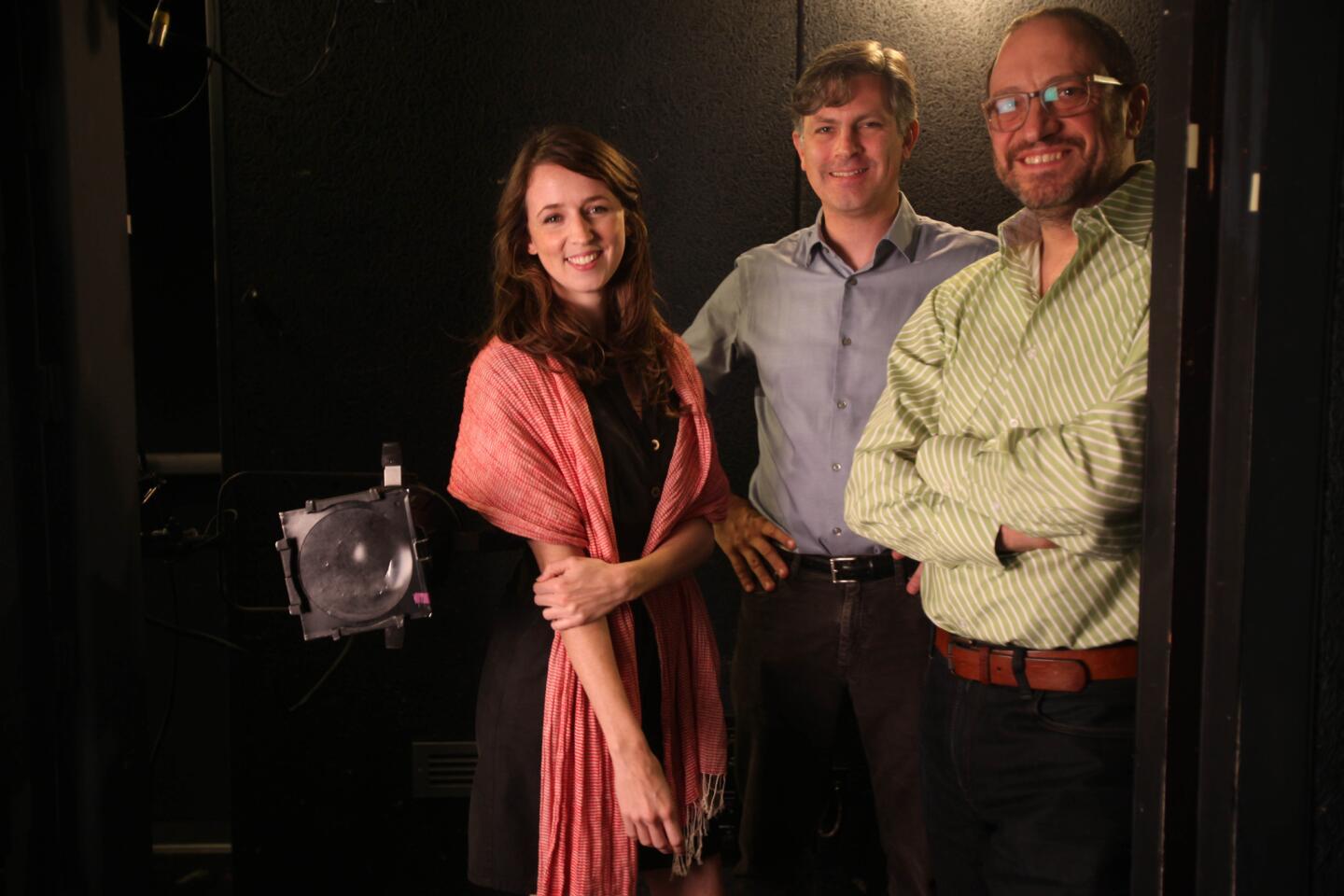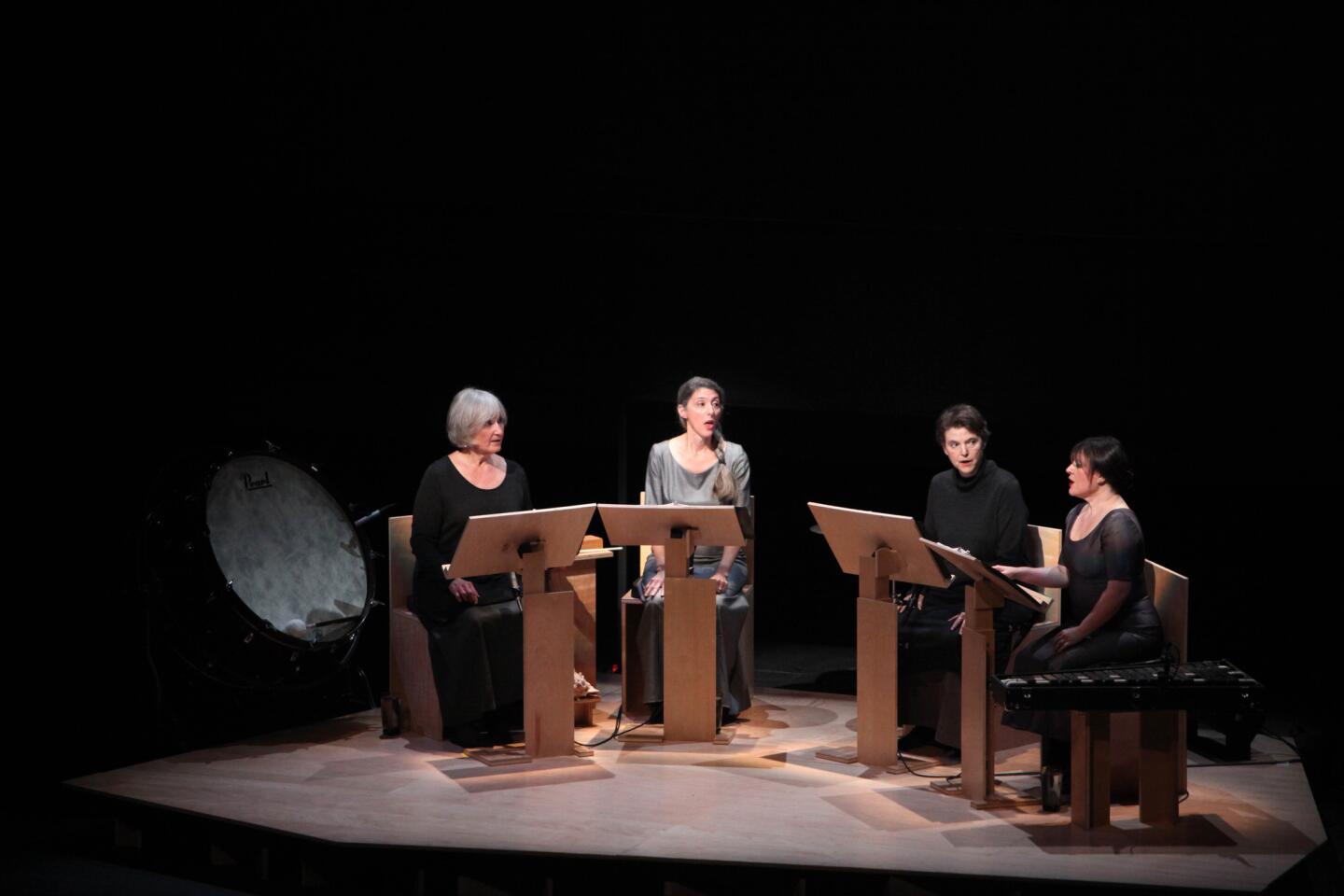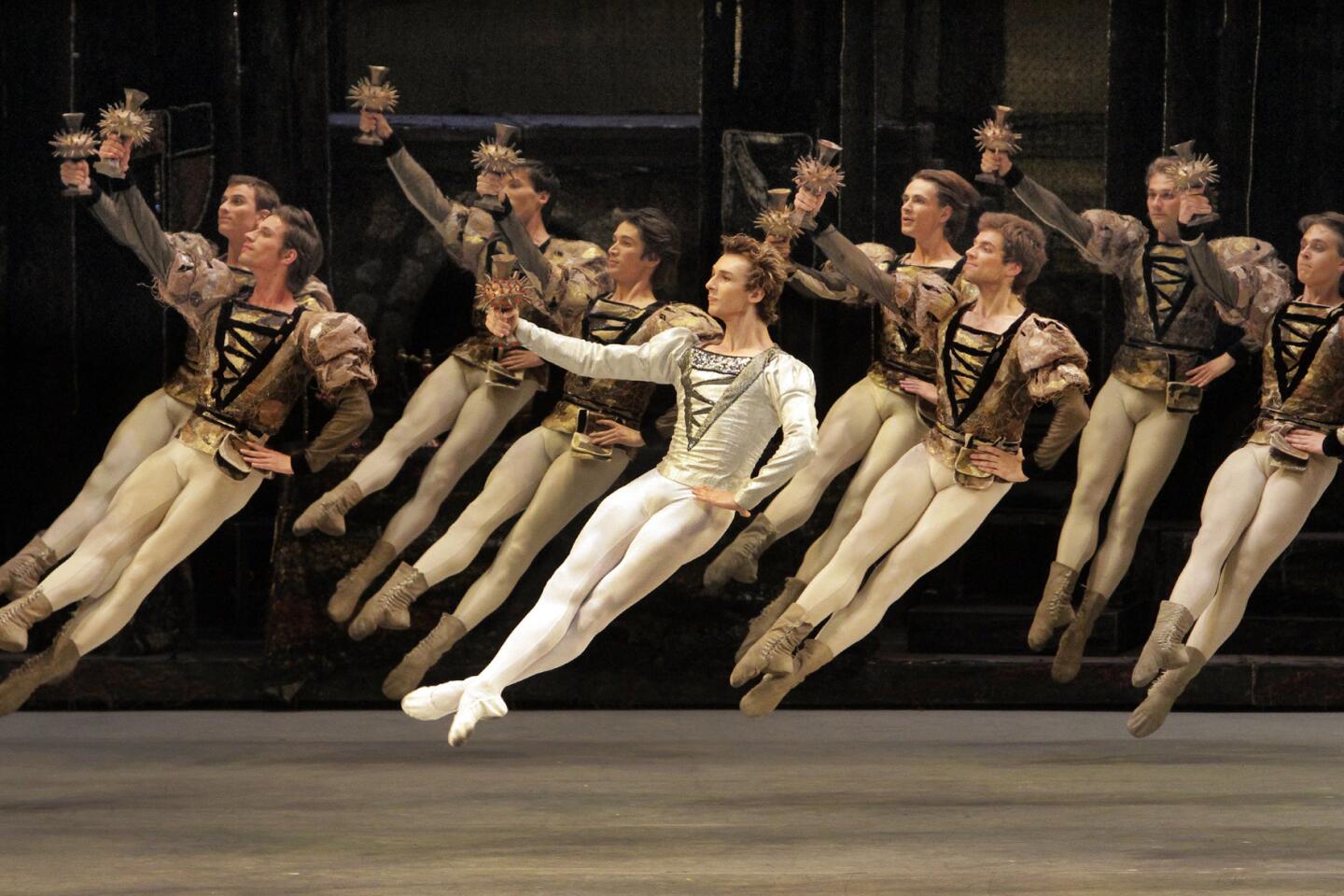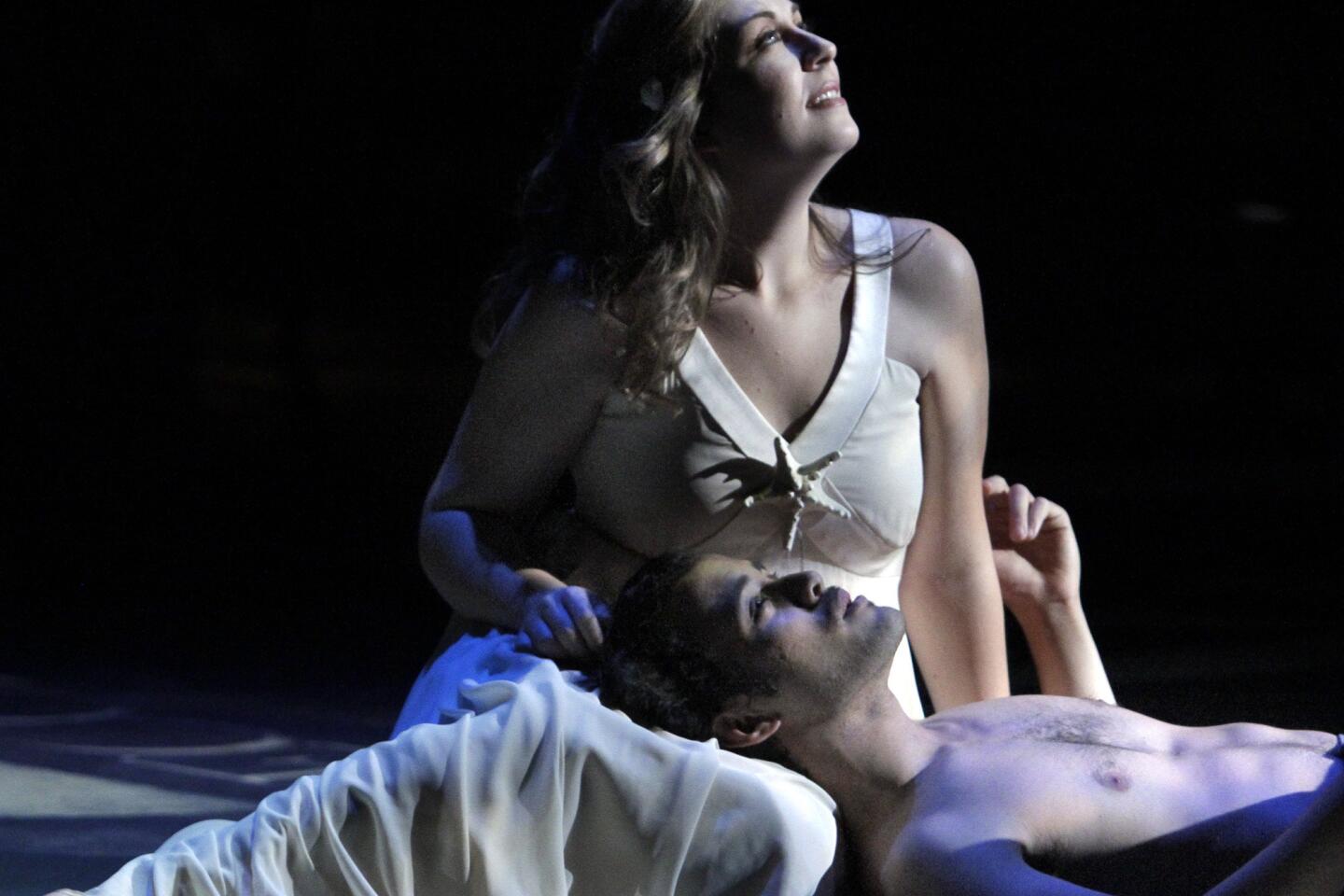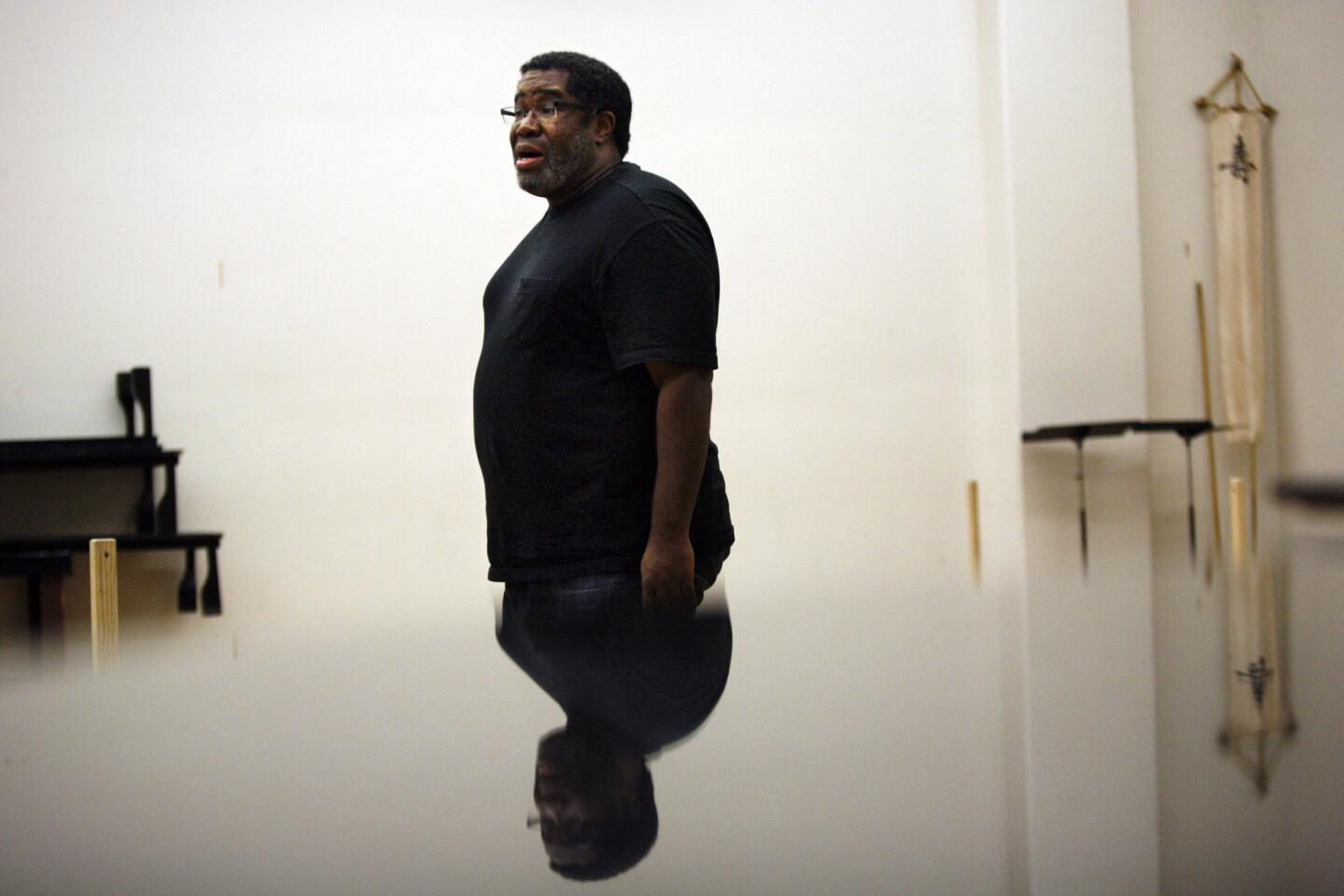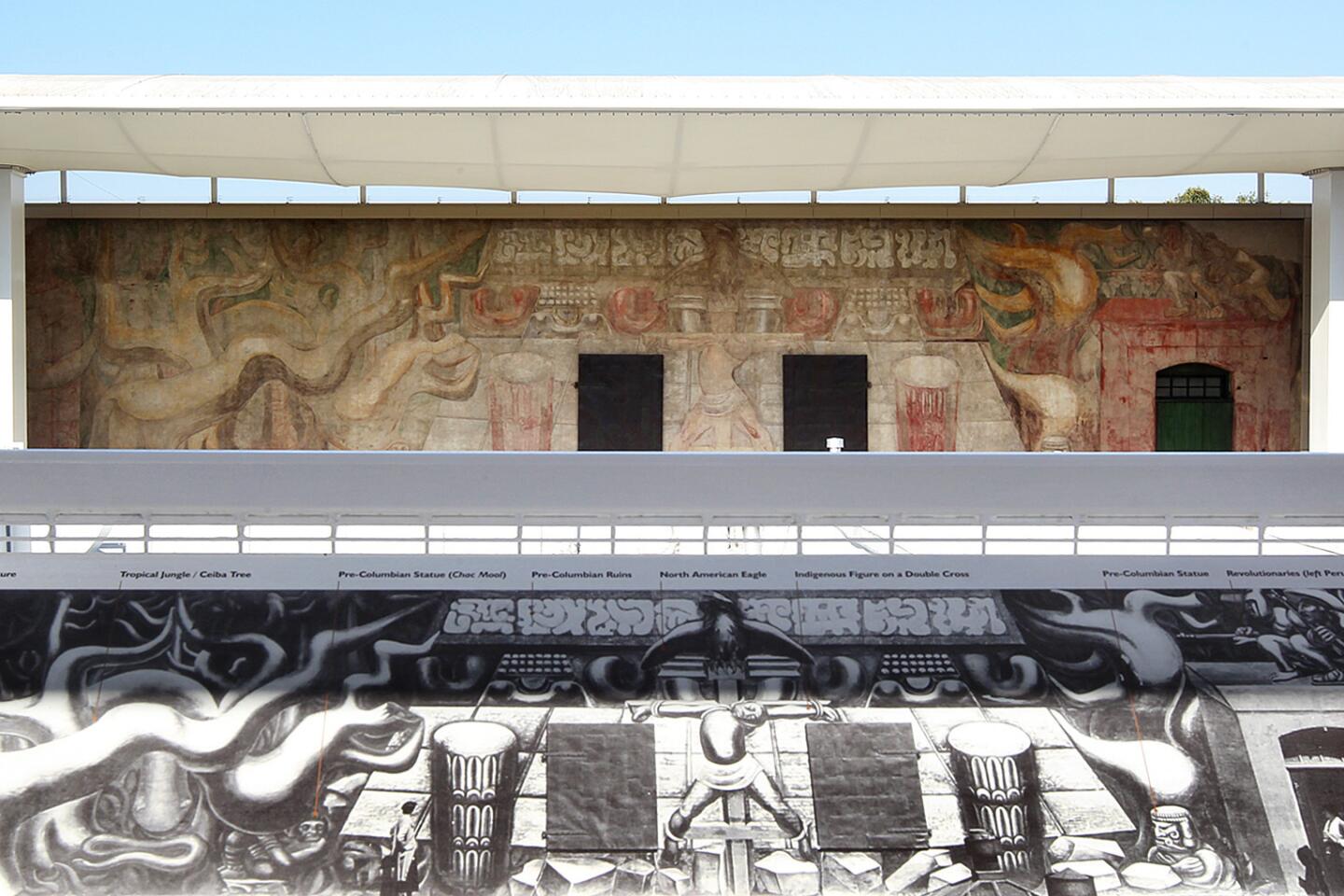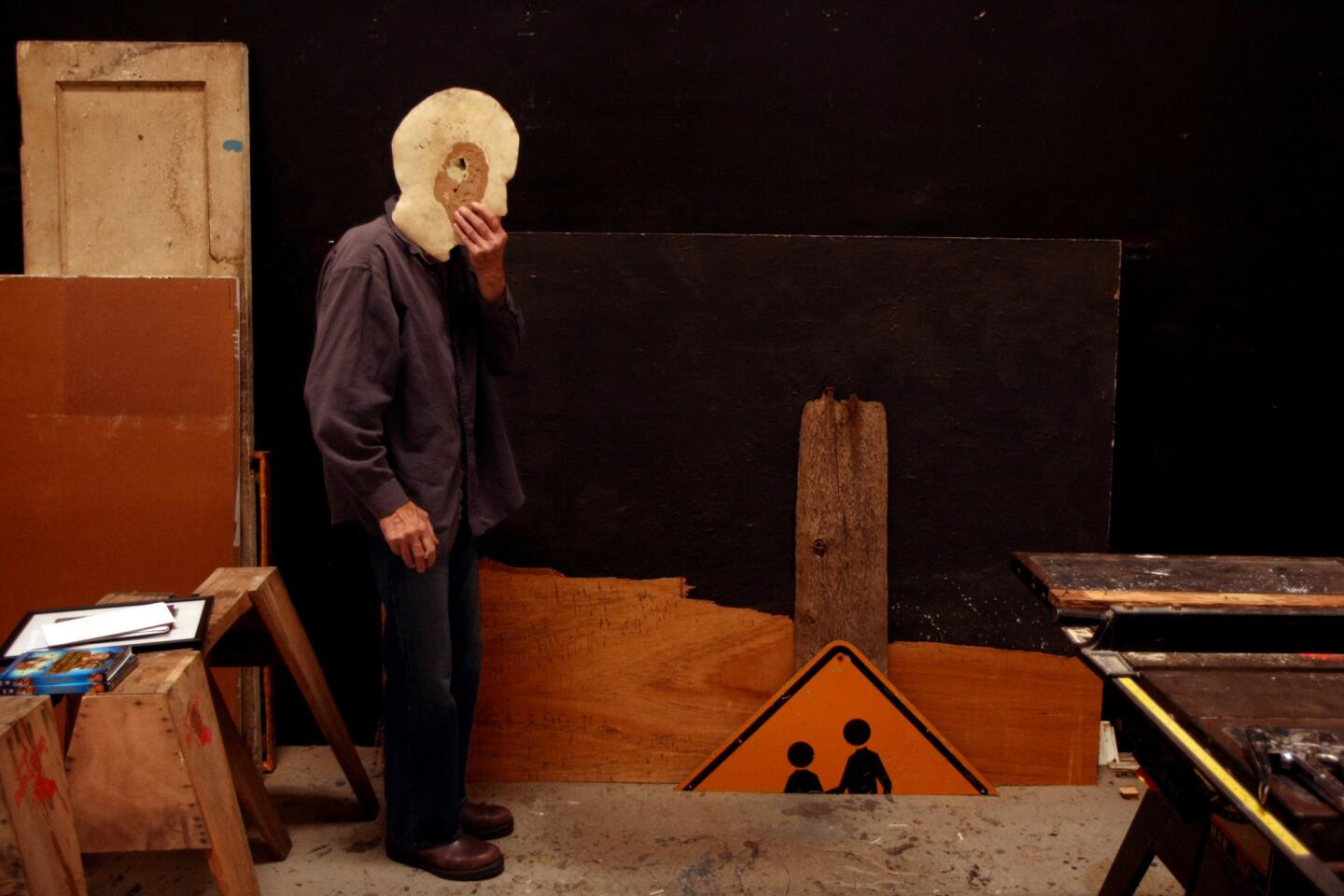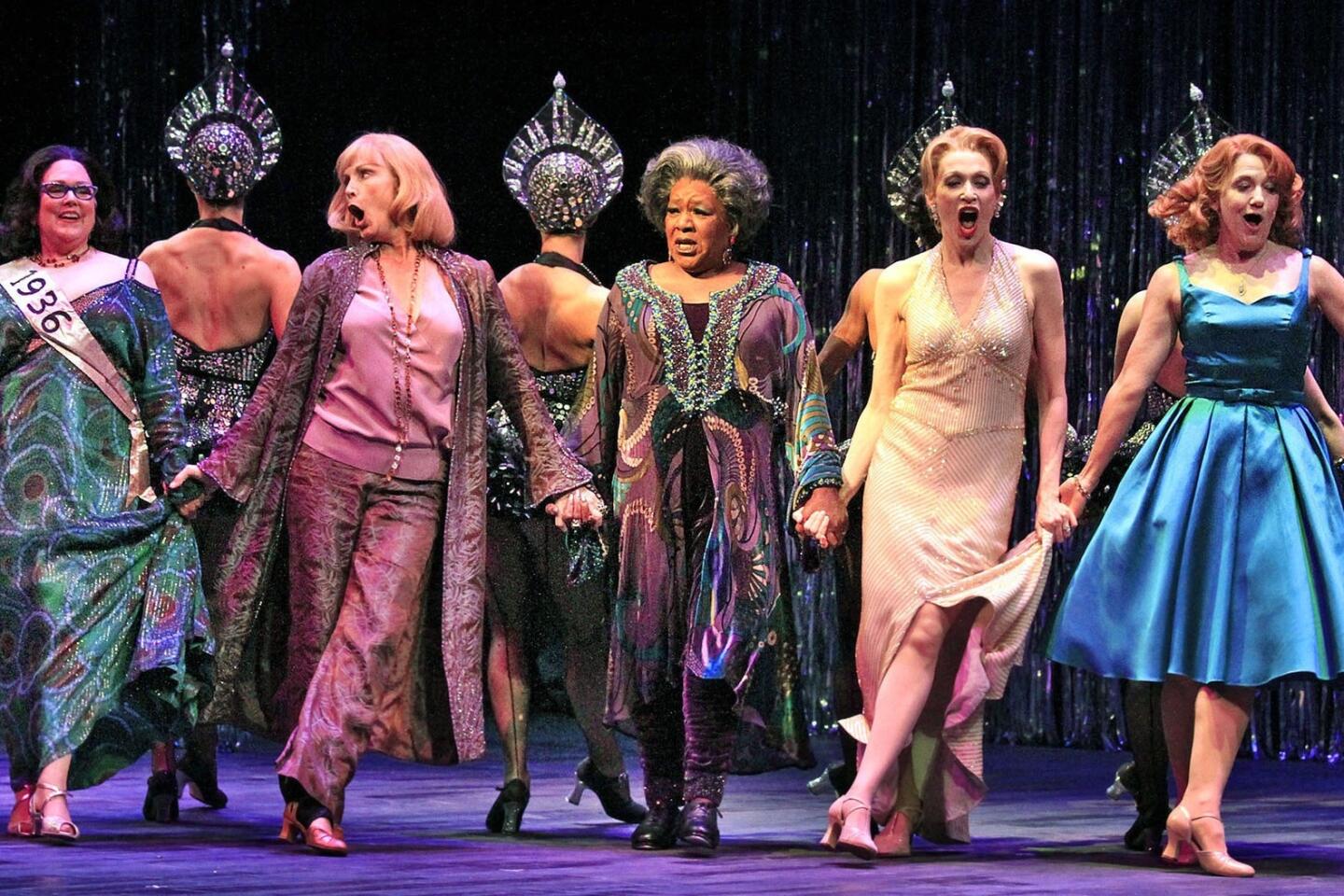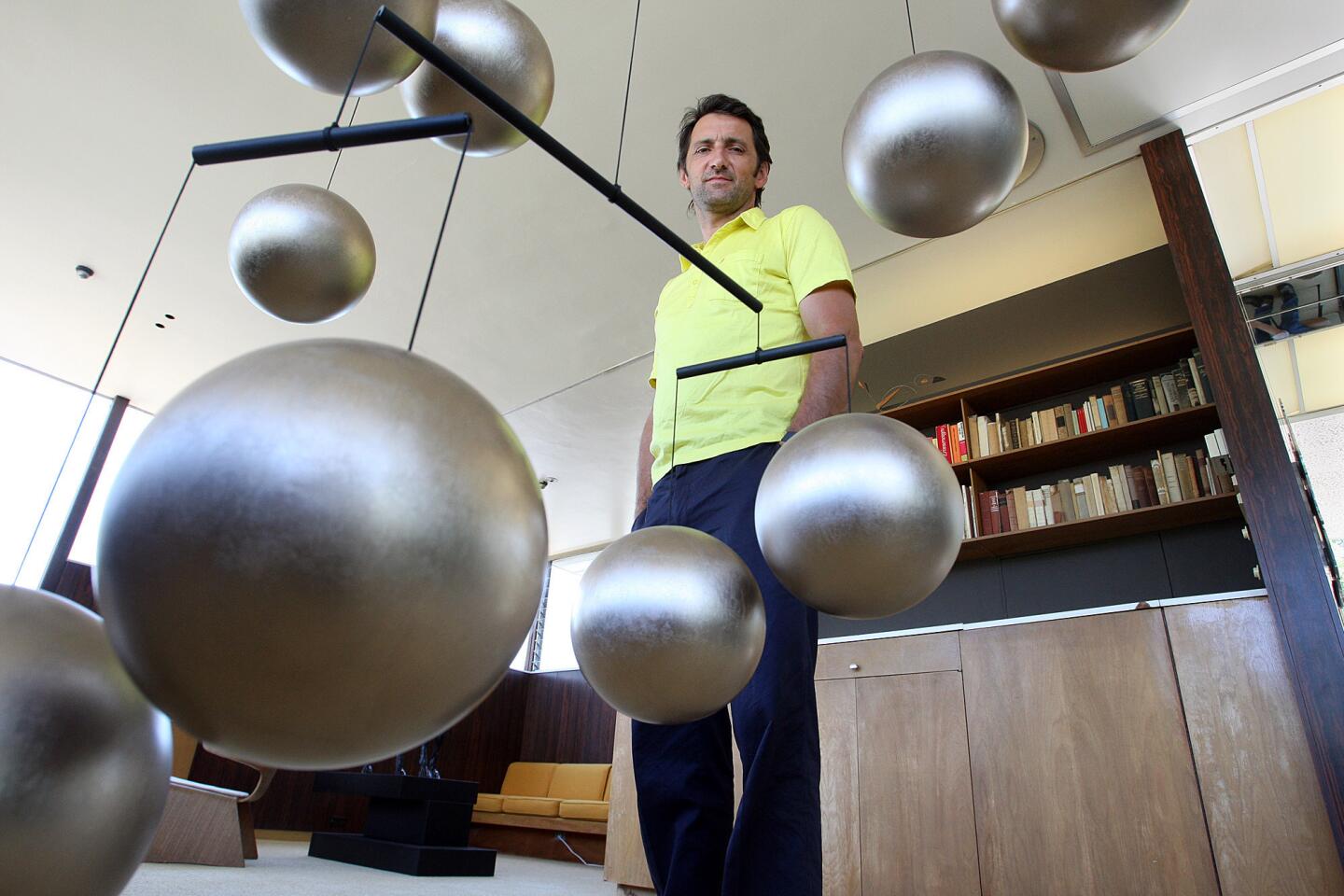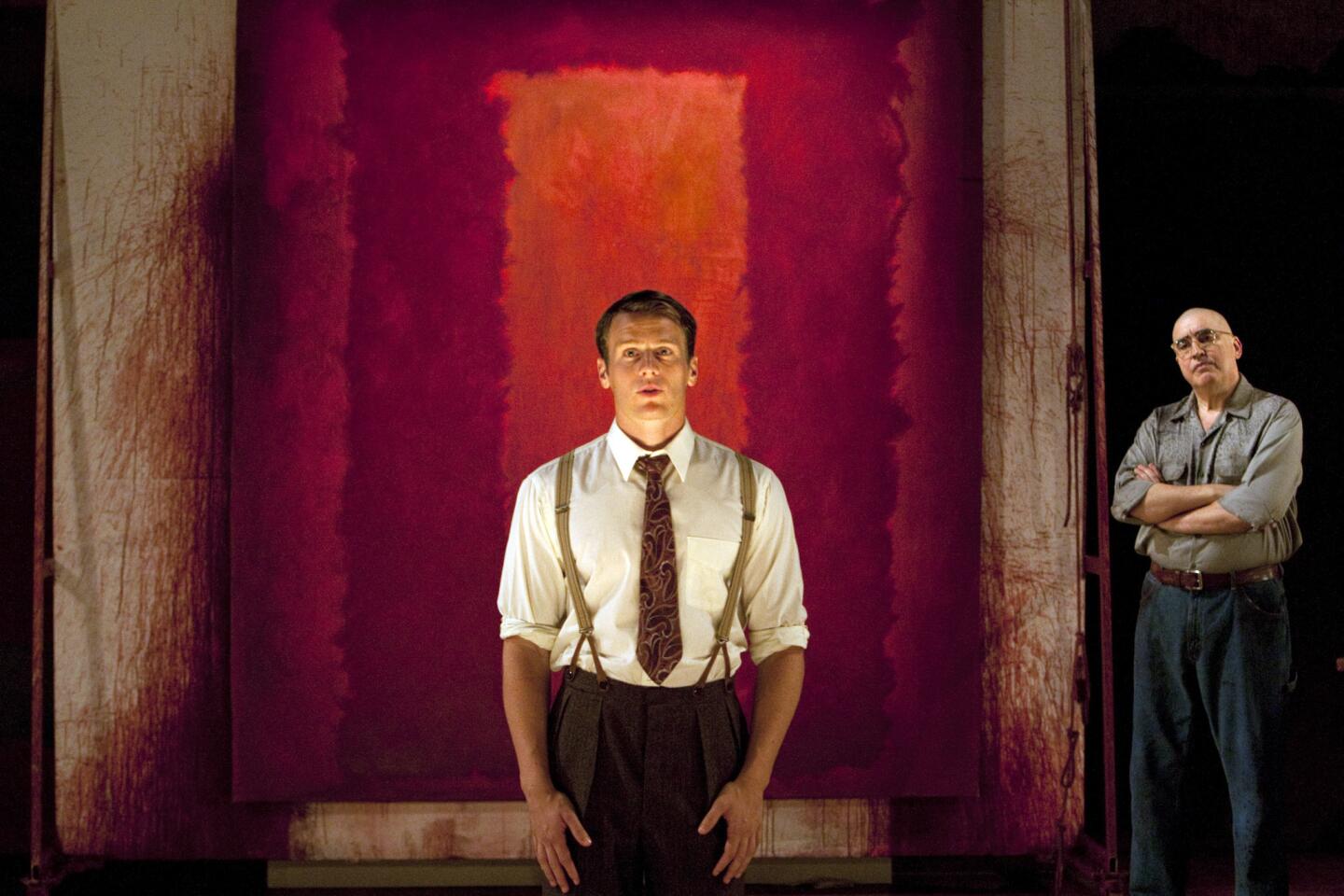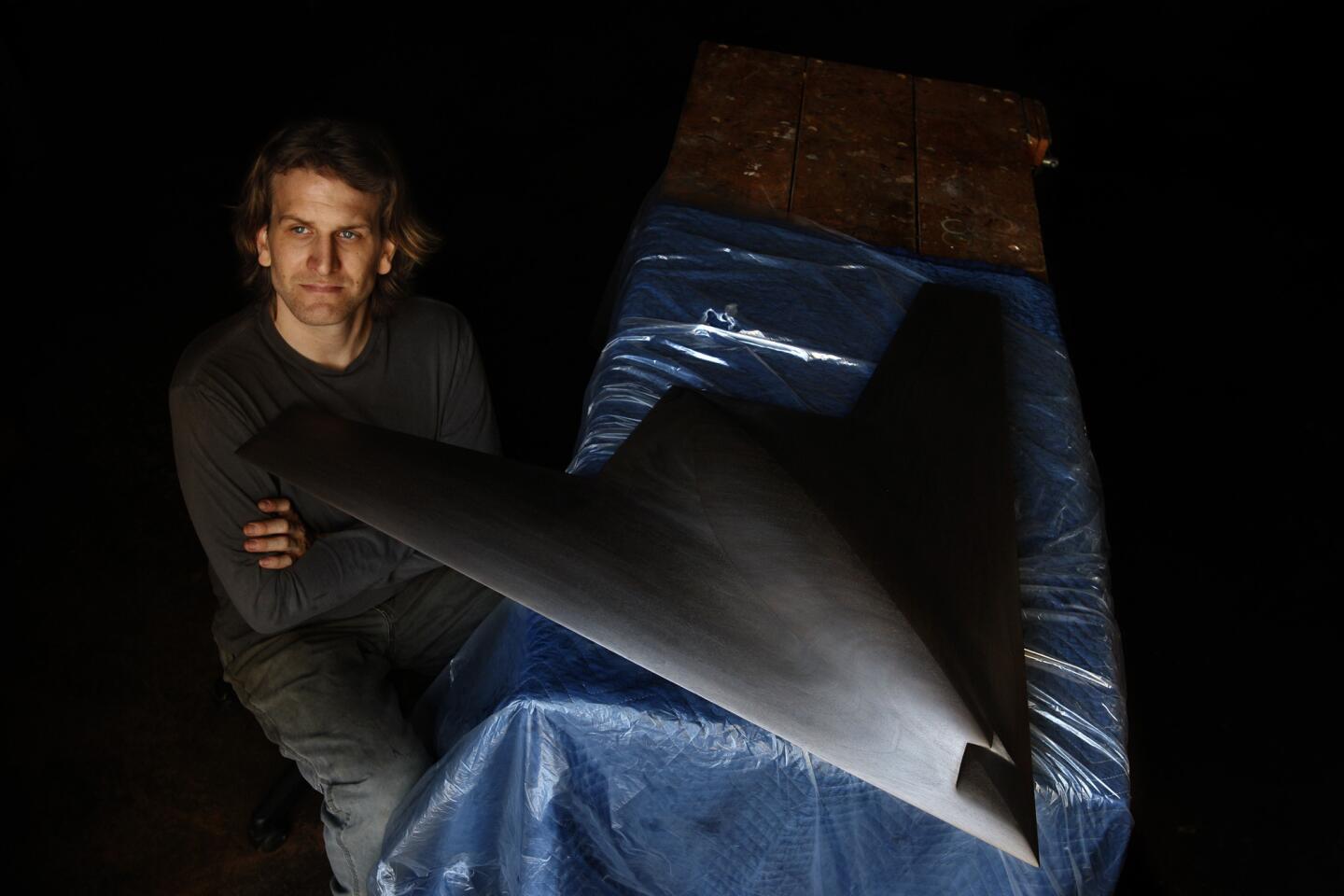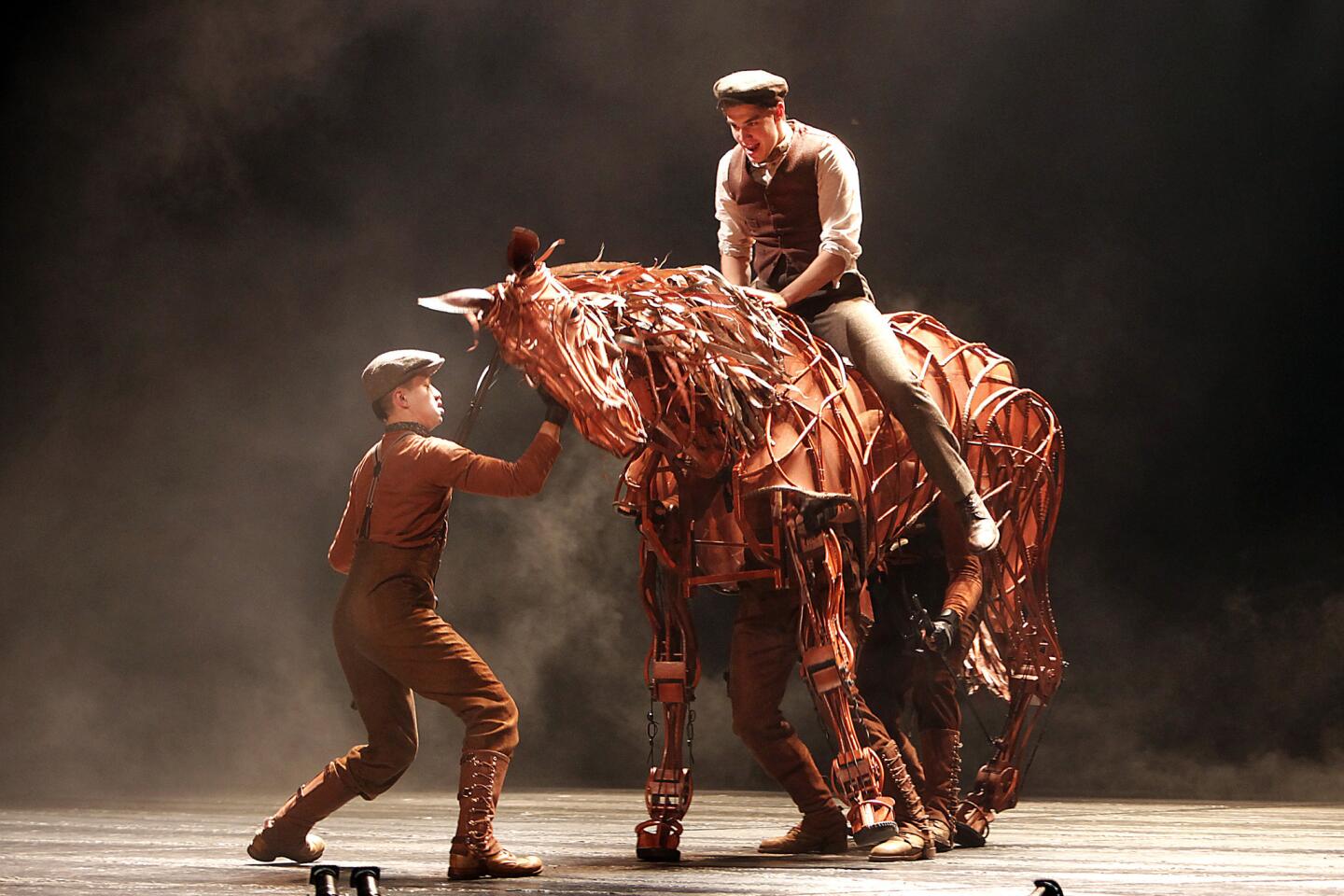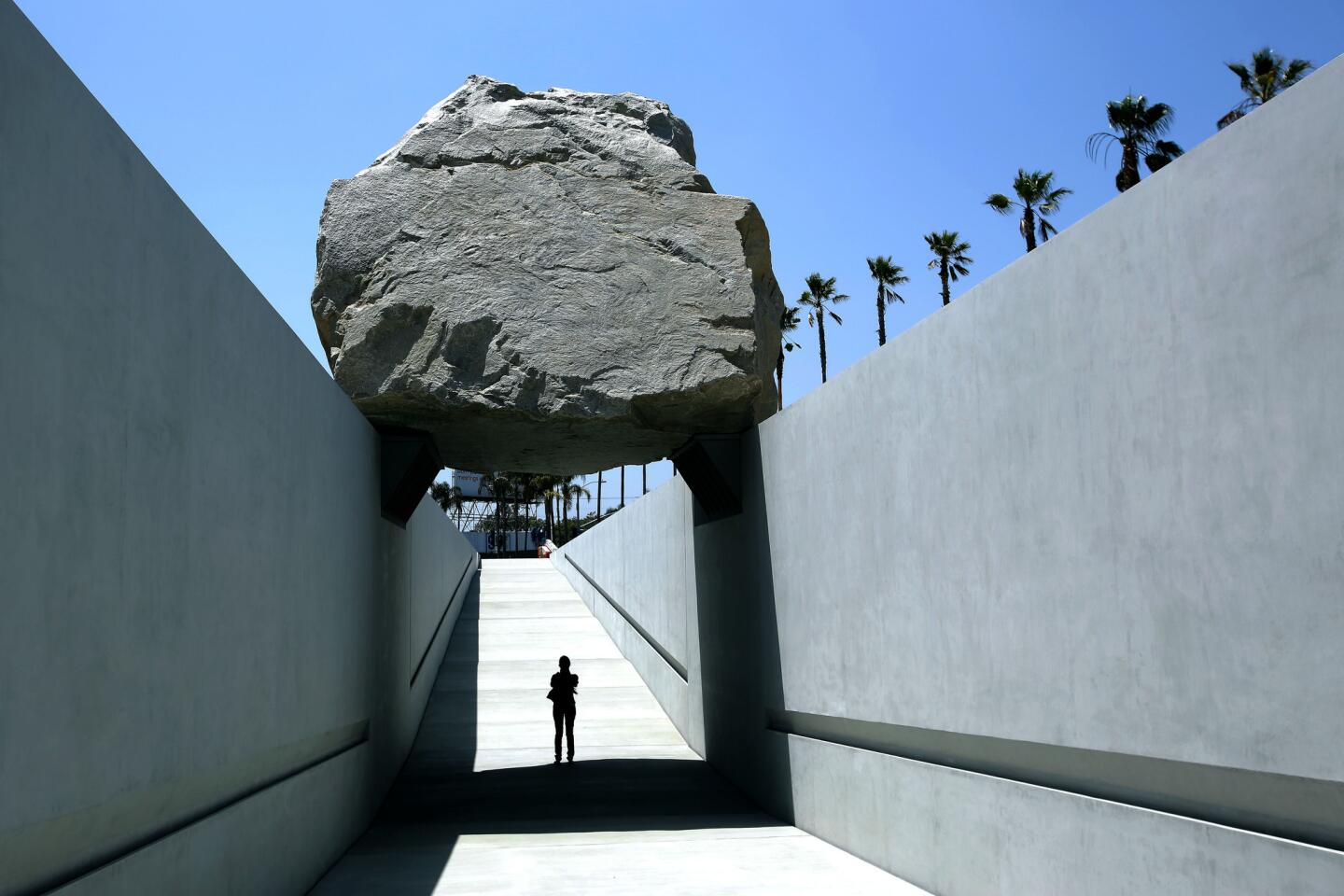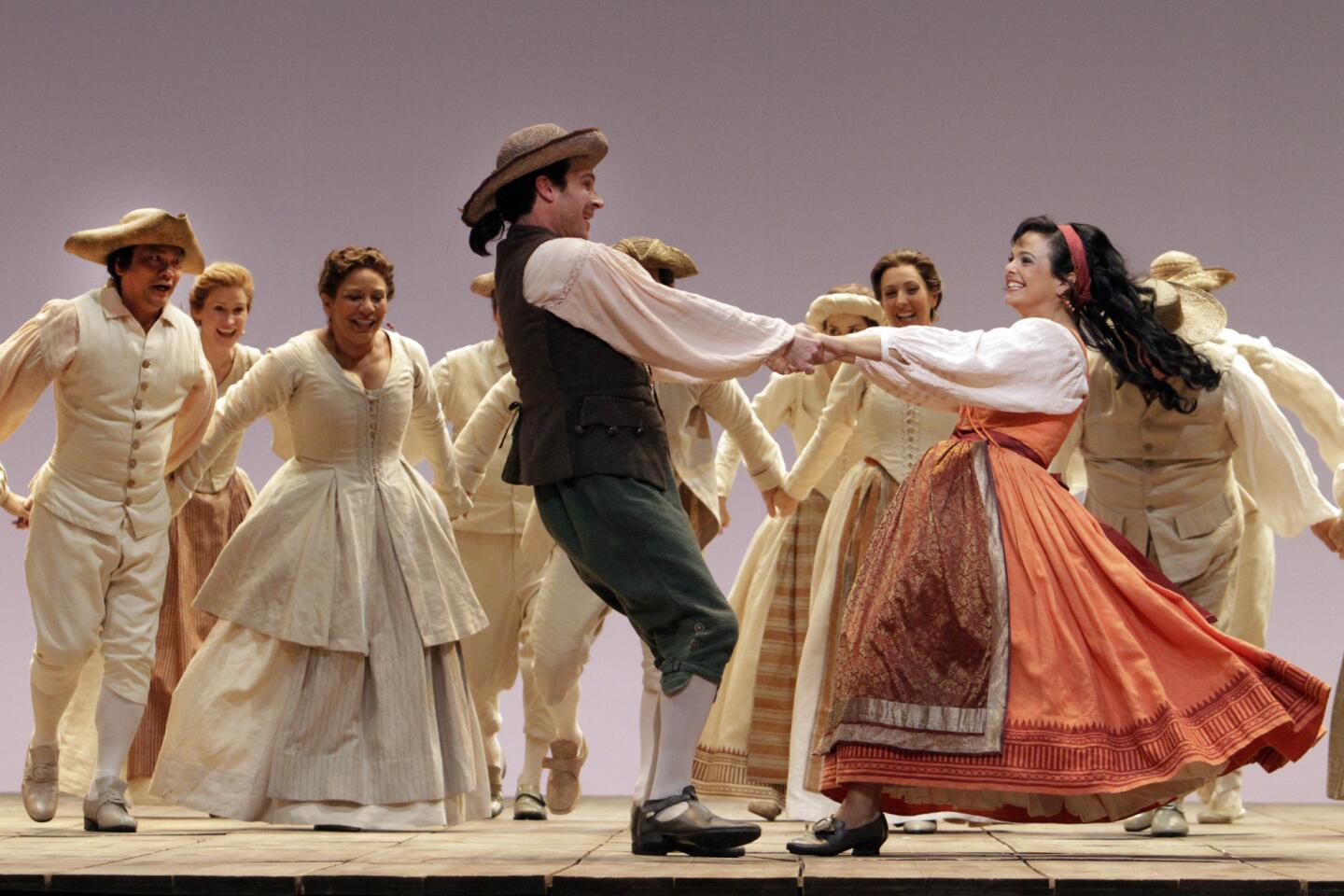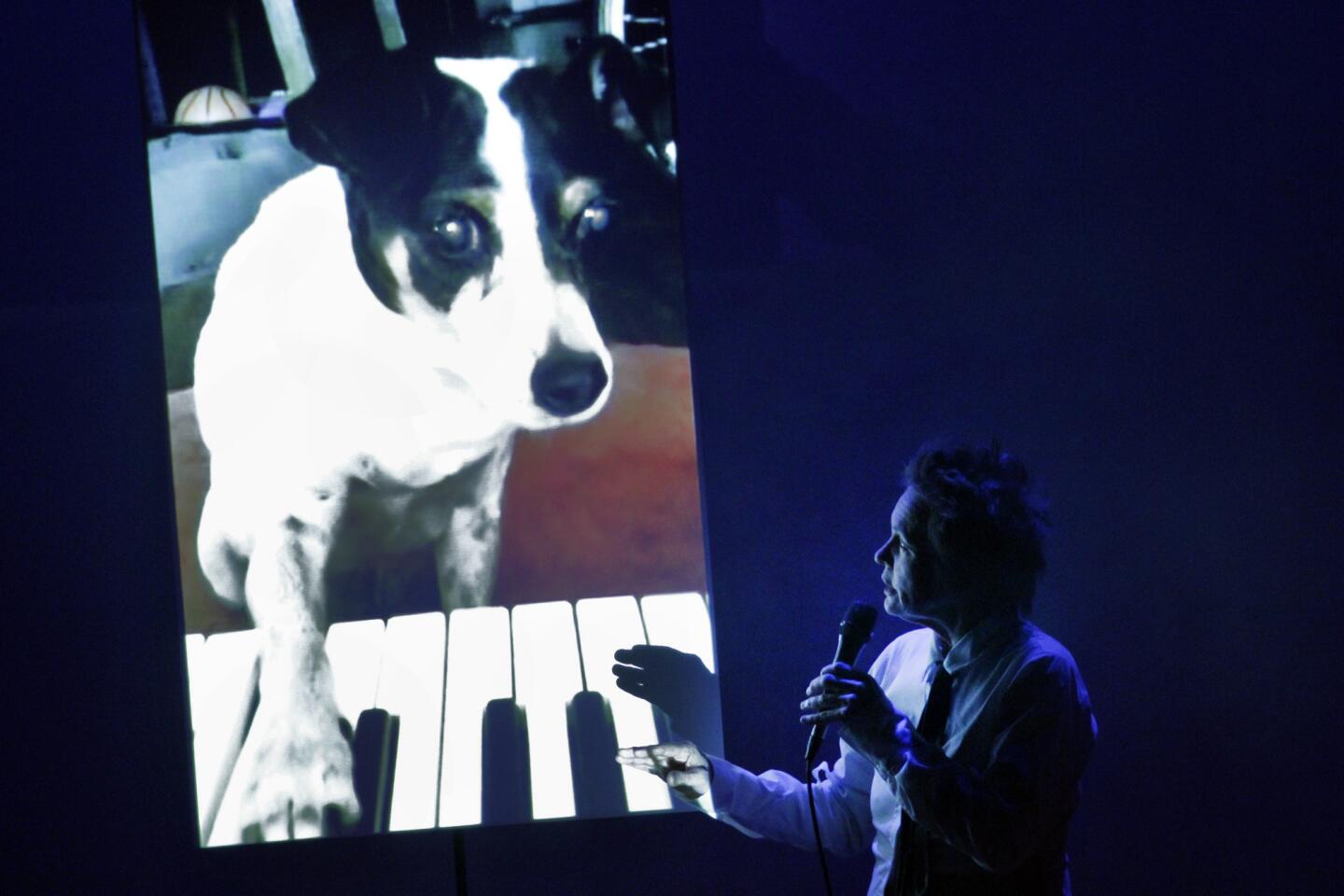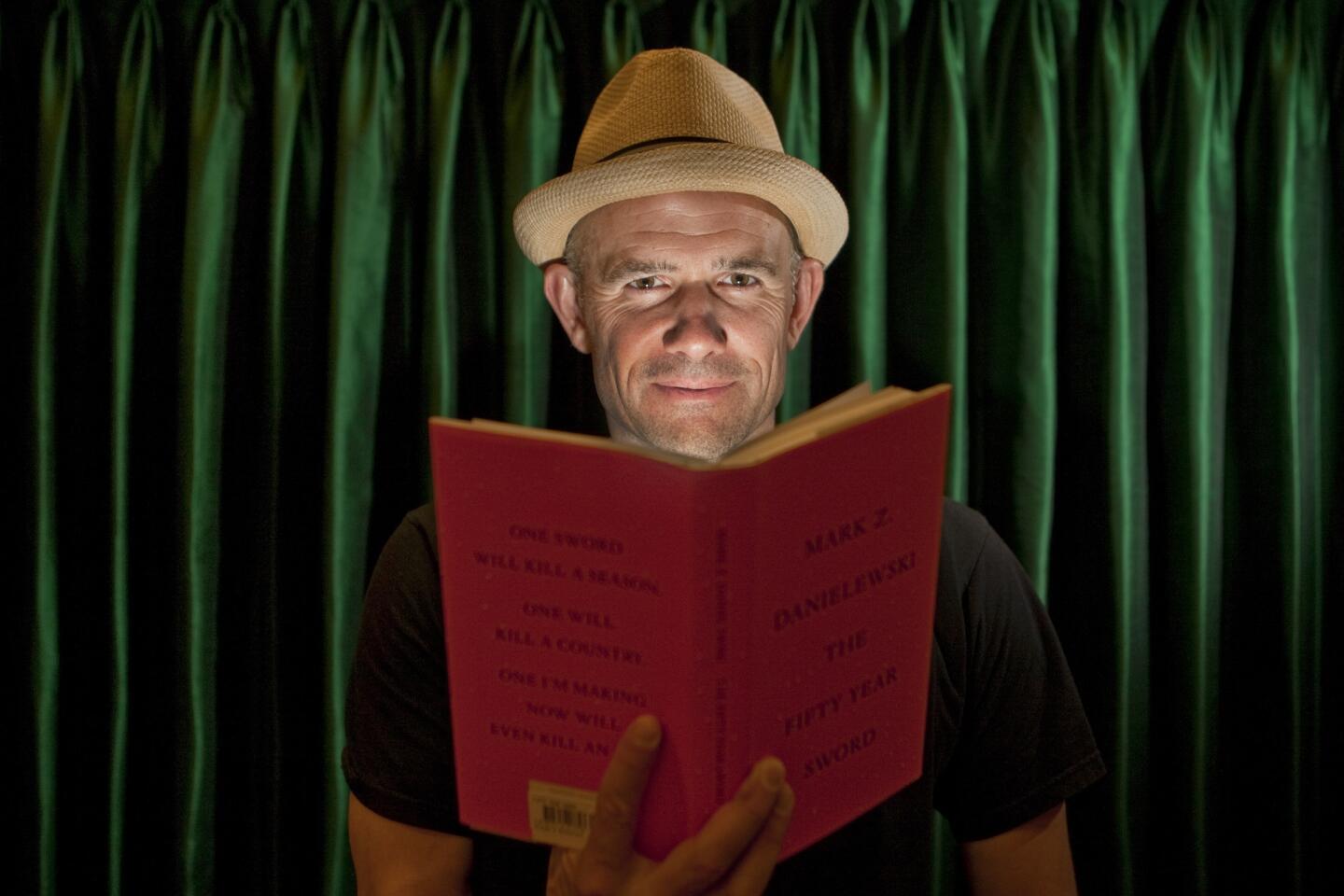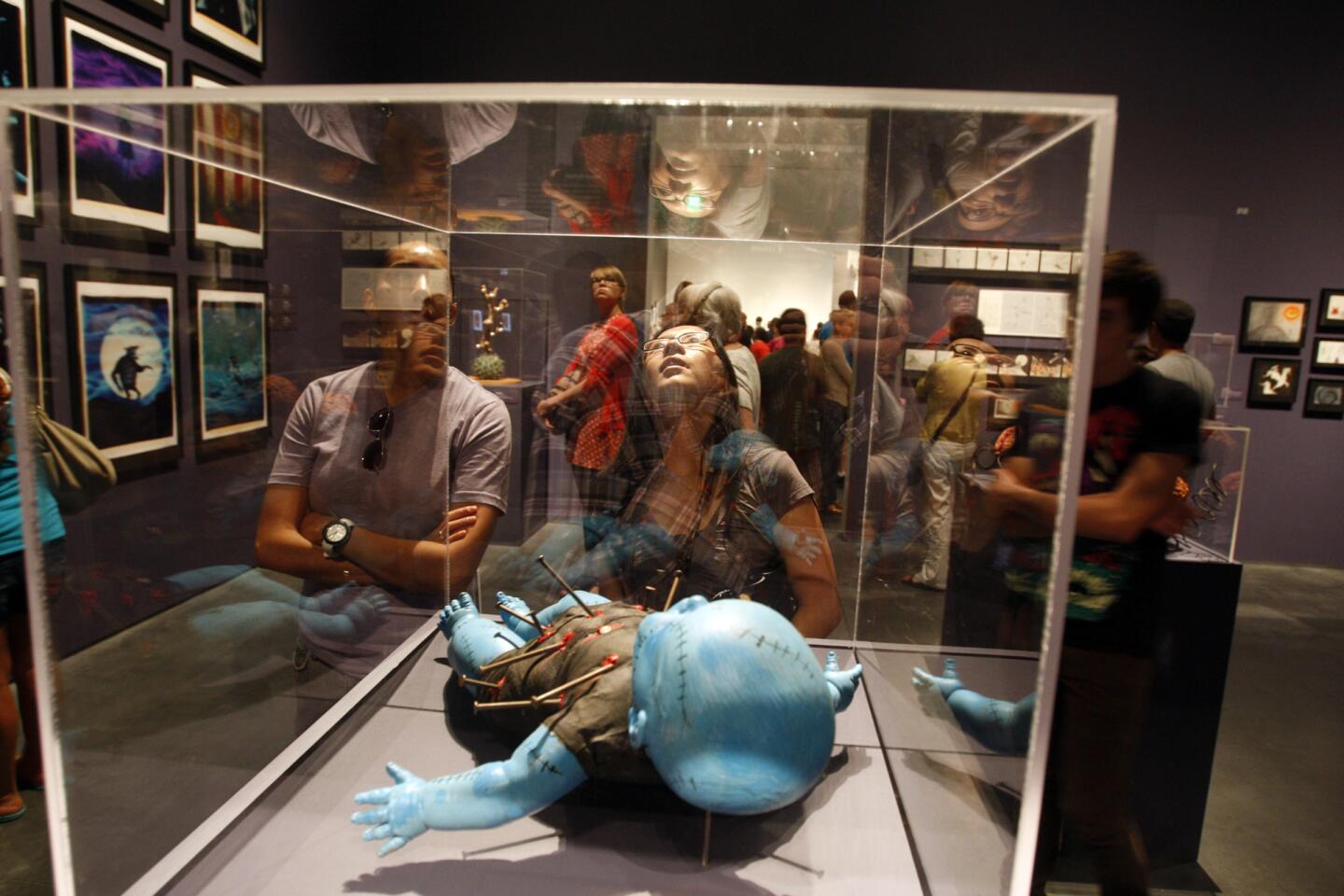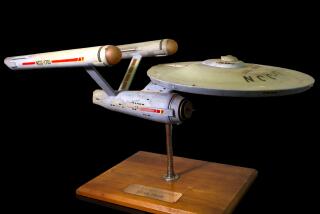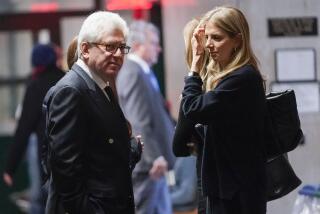Ownership fight over Alexander Graham Bell’s flight research
In the early 1900s, Alexander Graham Bell intensively researched ways to lift humans heavenward on kite-like flying machines.
Now comes the decidedly earthbound postscript. The detailed archive that the telephone’s inventor kept of his much later experiments in flight — more than 950 photographs and 217 pages of laboratory journals, many in Bell’s own hand — was pulled back from the auction block at a hotel in Westlake Village on Wednesday, shortly before it was to go under the gavel.
Instead of finding its way to a new owner willing to bid an expected $120,000 to $150,000 or more, the record of Bell’s inquiry into manned flight now may wind up in court custody.
PHOTOS: Arts and culture by The Times
“It’s a massive mess,” said Joseph Maddalena, president of Profiles in History, the Calabasas Hills auction house.
Maddalena said he’ll keep the Bell archive locked up, hoping that the owner who consigned it to him can work out a mutually satisfactory arrangement with the prominent parties that surfaced the afternoon before the auction, urging that the sale not go forward. If not, Maddalena said, he’ll ask a Superior Court judge to take custody of Bell’s flight-experiment records and sort it out legally.
Two of America’s most prestigious scientific and cultural institutions, the Smithsonian Institution and the National Geographic Society, joined with Bell’s great-grandson and biographer, Edwin S. Grosvenor, to halt the auction. They say that something — although they’re not sure exactly what — must have gone haywire decades ago for Bell’s documentation of his investigations into flight to have escaped from his legacy-obsessed family and into the hands of a Smithsonian curator who kept it as his private property.
The curator, Paul Garber, was instrumental in launching what’s now the Smithsonian’s National Air and Space Museum, one of the world’s most-visited cultural sites. Its storage facility in Maryland is named for him. The auction catalog said Garber “acquired the archive for his personal use from the family of Alexander Graham Bell” around 1955. In 1991, the year before his death, Garber gave it to a close friend, Bevan Brown, a kite-flying enthusiast who’d helped launch an annual Smithsonian-sponsored kite festival.
Maddalena said his consigner had bought the Bell archive from Brown via an intermediary. Brown, now elderly, did not respond to an email or telephone message.
“The family is grateful that [Maddalena] did the right thing,” Grosvenor said. The task now, he said, will be a hunt for evidence of what happened to the flight archive, which could be like finding the proverbial needle in a haystack. The hunting grounds will include files of the Smithsonian, the National Geographic Society, the Library of Congress — where the bulk of Bell’s papers reside — and the Alexander Graham Bell National Historic Site in Nova Scotia, Canada, where Bell had a summer home.
It would have been perfectly reasonable for the family to lend Bell’s flight records to a Smithsonian aeronautics curator for research purposes, said Grosvenor, author of the 1997 biography “Alexander Graham Bell: The Life and Times of the Man Who Invented the Telephone.” But give them away? That, he said, is preposterous.
In a letter to the auction house, Grosvenor and officials for the Smithsonian and National Geographic Society said that Garber was known for taking work home with him and that the archive may have been lent to the Smithsonianand then “commingled with his personal papers instead of being returned to their proper owners and custodians.”
Bell kept exhaustive documentation of everything he did, said Grosvenor, who heads the American Heritage Society in Rockville, Md., and is editor in chief of American Heritage magazine. He said that hotly contested lawsuits in the 1870s over Bell’s right to patent the telephone turned him into a fanatical documenter and hoarder of everything he did — a policy embraced after his death in 1922 by the son-in-law who became chief custodian of his legacy.
PHOTOS: Hollywood stars on stage
That was Gilbert H. Grosvenor, longtime editor of National Geographic magazine, who brought mountains of Bell records to the National Geographic Society in Washington, D.C., which Bell had helped to found.
“He meticulously brought all this material together in one place and had professional archivists to aggregate, sort, file and index it,” Edwin Grosvenor said. “It’s just inconceivable to me that he would have given it to anybody for any reason except research purposes — ‘Here’s something, make a copy of it and return it to us.’”
In 1976, Bell’s heirs donated all the documents that had been housed at the National Geographic Society to the Library of Congress, in keeping, Grosvenor said, with the family’s aim of ensuring that all of Bell’s records remain publicly available for research. He said the flight records will join the rest if he can recover them.
Grosvenor said that while researching his Bell biography, he was struck by the lack of records related to Bell’s experiments with flight for several years beginning in 1903, when everything else was so well-documented.
It remained a mystery, he said, until about two weeks before the auction, when a friend alerted him that Lot 48 was the Bell flight archive. Grosvenor said he scrambled to enlist the Smithsonian and National Geographic Society to help stop the auction.
Maddalena said it was extremely irritating to have received a plea to stop the widely advertised sale less then 24 hours before it was scheduled to start. Emails obtained by The Times show a sometimes testy exchange on Tuesday and Wednesday between the two sides.
Maddalena said he would have called off the auction instantly if he’d been shown concrete proof casting doubt on the Bell archive’s past ownership trail. Instead, he said, there was only theory and supposition.
There was, however, ample proof, he said, including communications from curator Garber on Smithsonian stationery, that Garber considered the Bell flight records his personal property. Also well-documented was Garber’s close connection to Brown, the friend he gave the archive to.
Maddalena said he also was struck by something in a letter that counsel for the Smithsonian and National Geographic Society had sent his attorney on the day of the auction. Brown, it said, “was on notice, as early as 2003, and possibly before, that the Smithsonian did not regard these items as the personal property of Paul Garber and asked that they be returned to the museum.”
Why, the auctioneer wondered, had the Smithsonian waited 10 years to press the point?
Nevertheless, Maddalena decided in the hours before the auction that, given the doubts that had been raised, it would be best to stop the sale.
“It needs to be where it belongs, and my goal is to get it back to where it needs to be,” he said. He does have a rooting interest, however.
“I’m hoping my consigner wins, and I can sell this.”
More to Read
The biggest entertainment stories
Get our big stories about Hollywood, film, television, music, arts, culture and more right in your inbox as soon as they publish.
You may occasionally receive promotional content from the Los Angeles Times.
